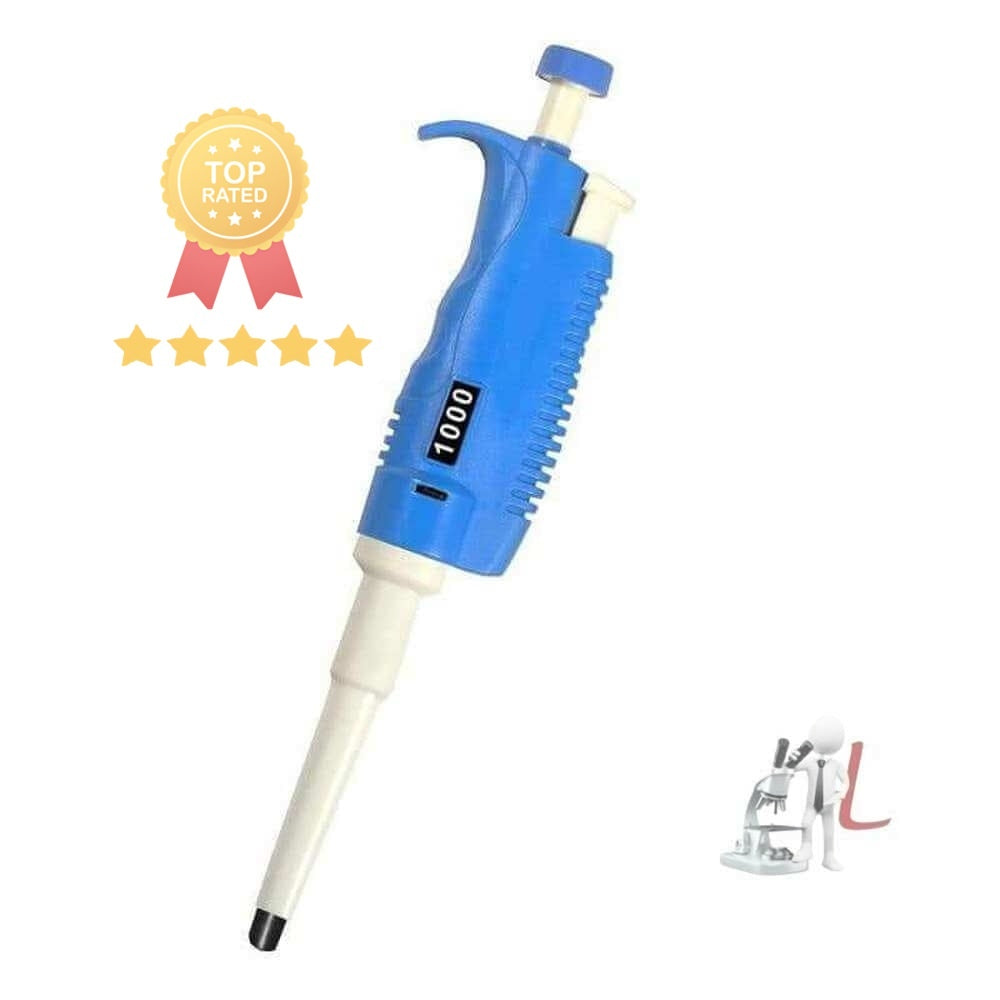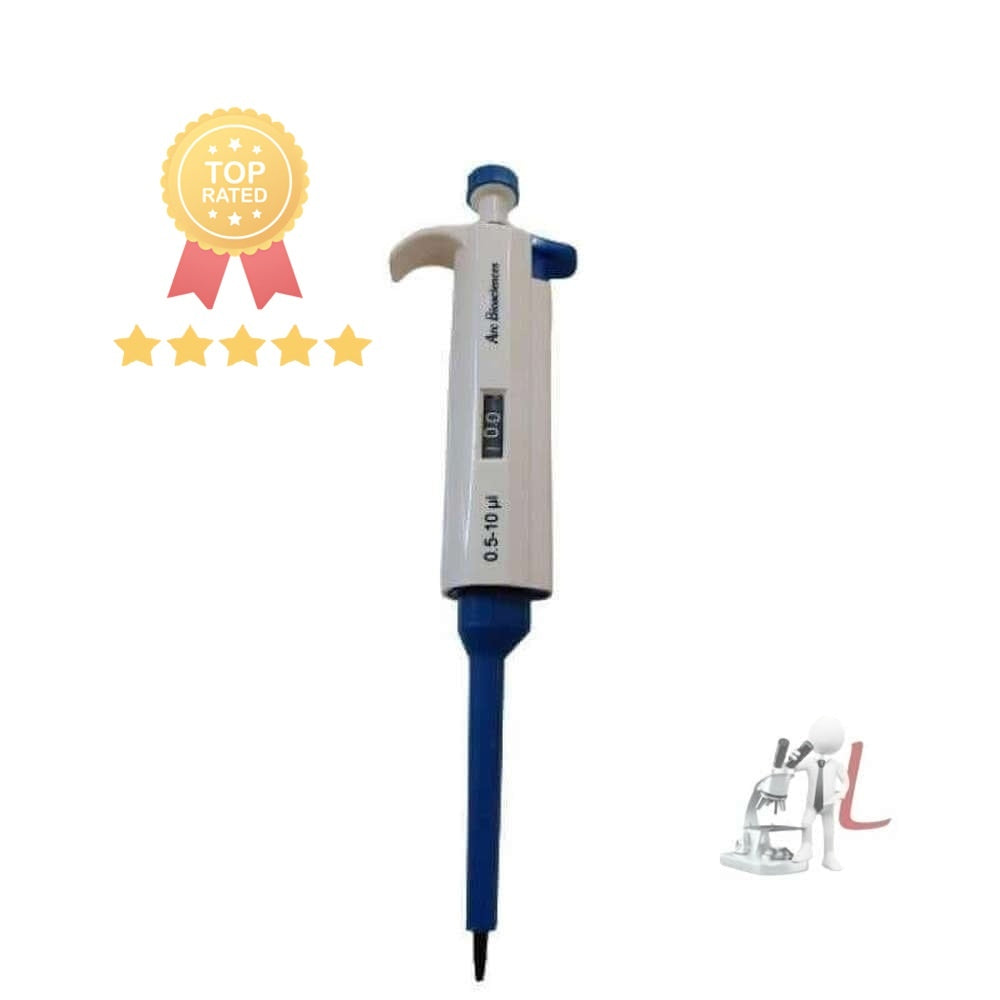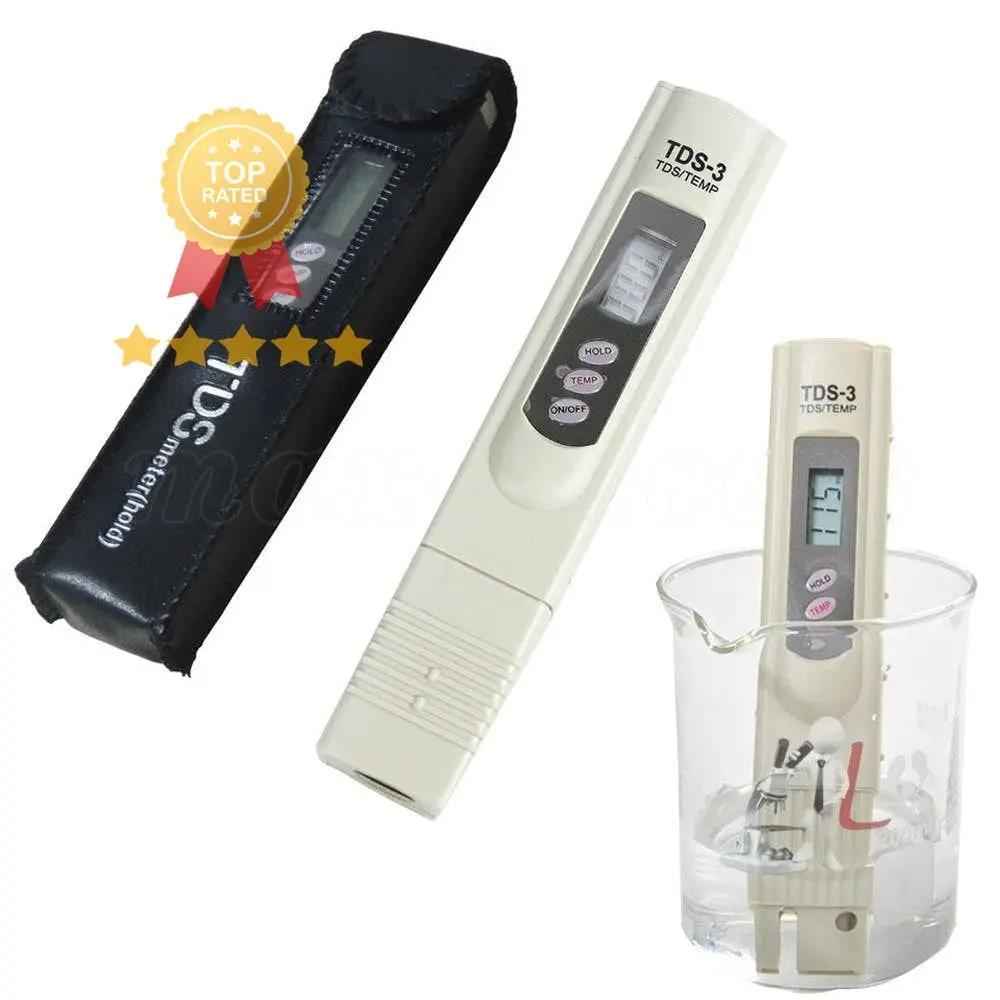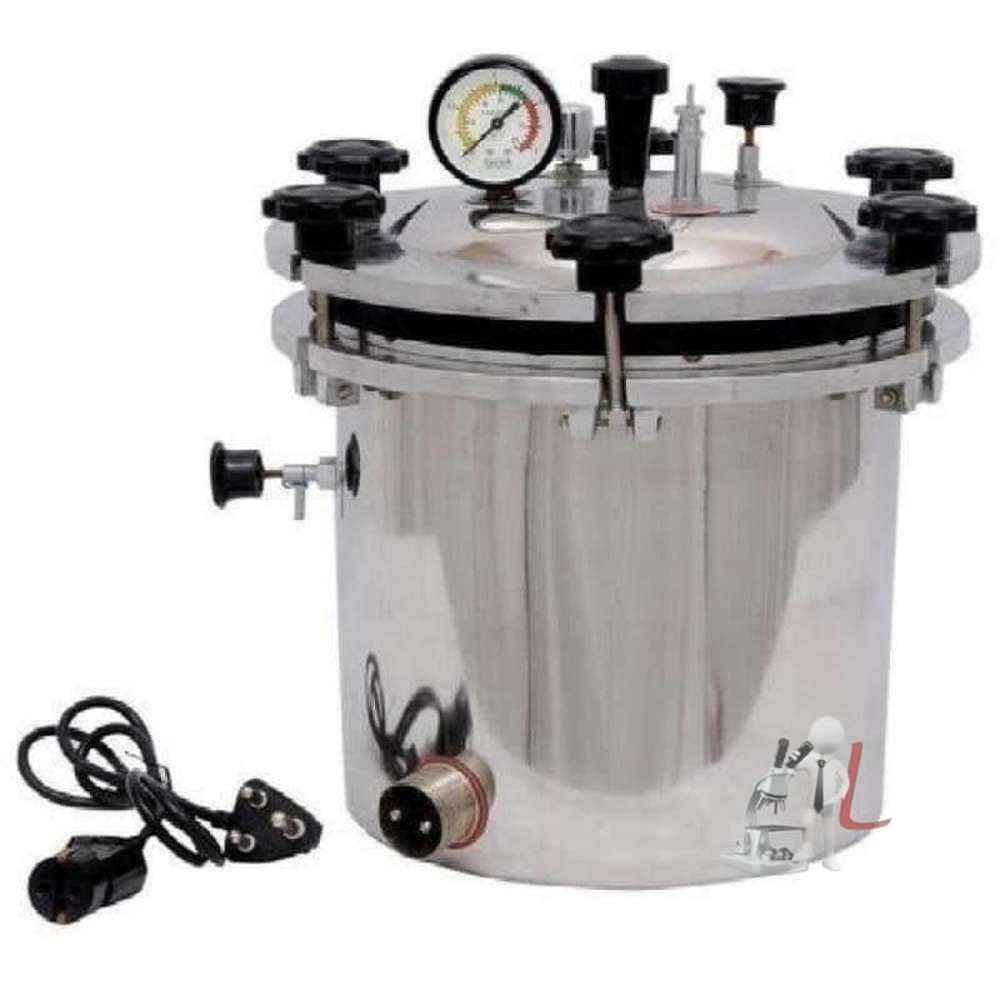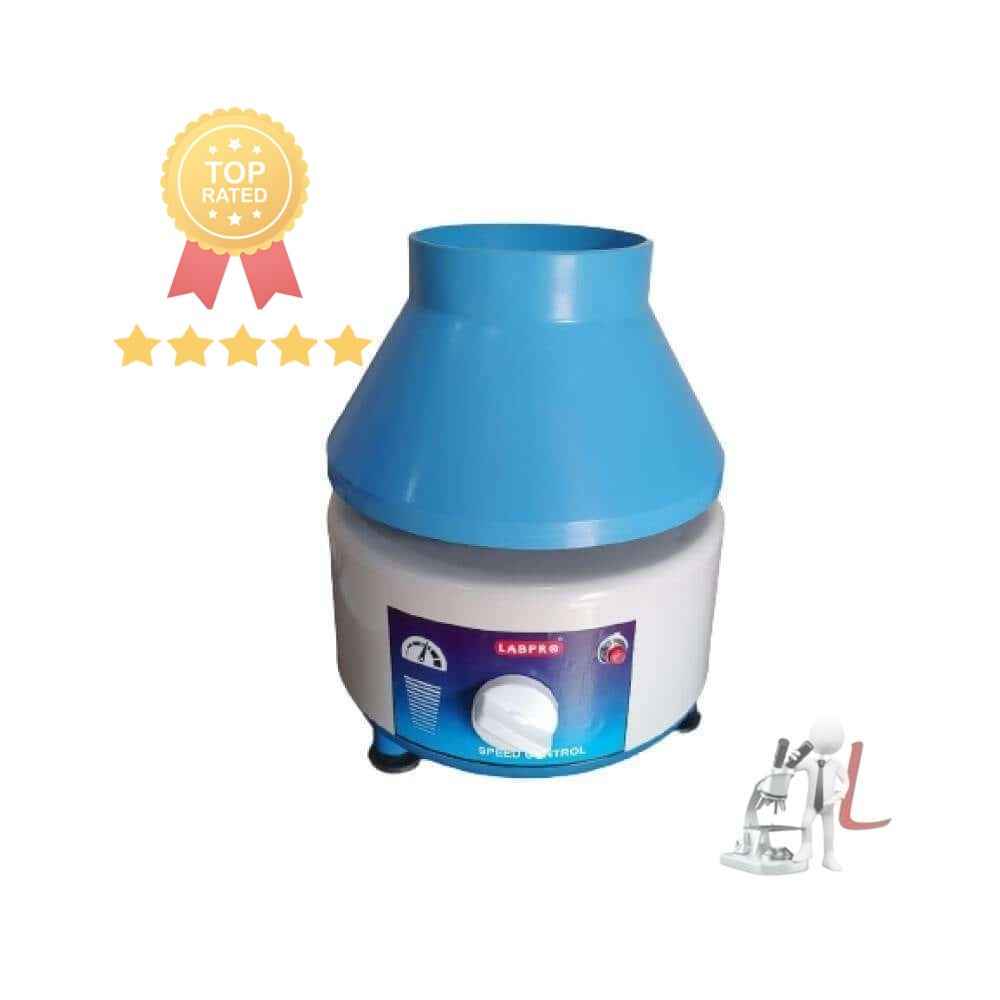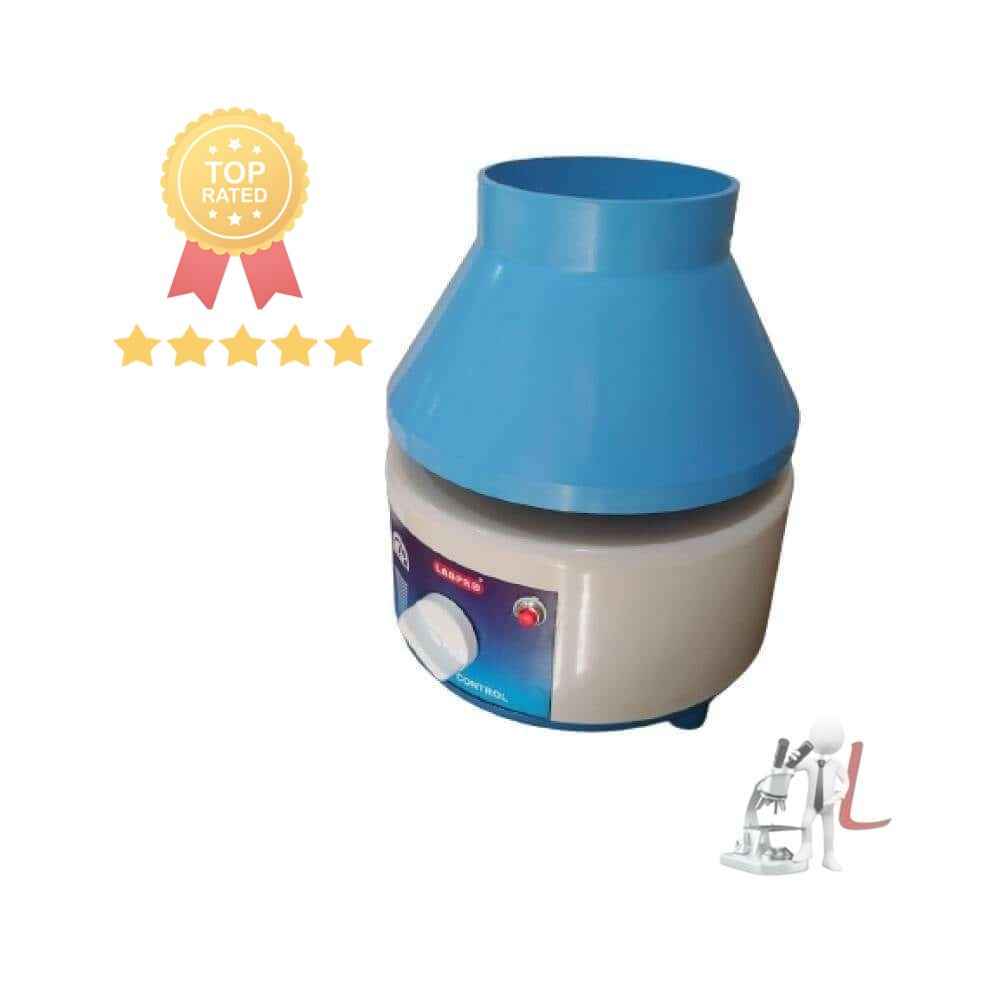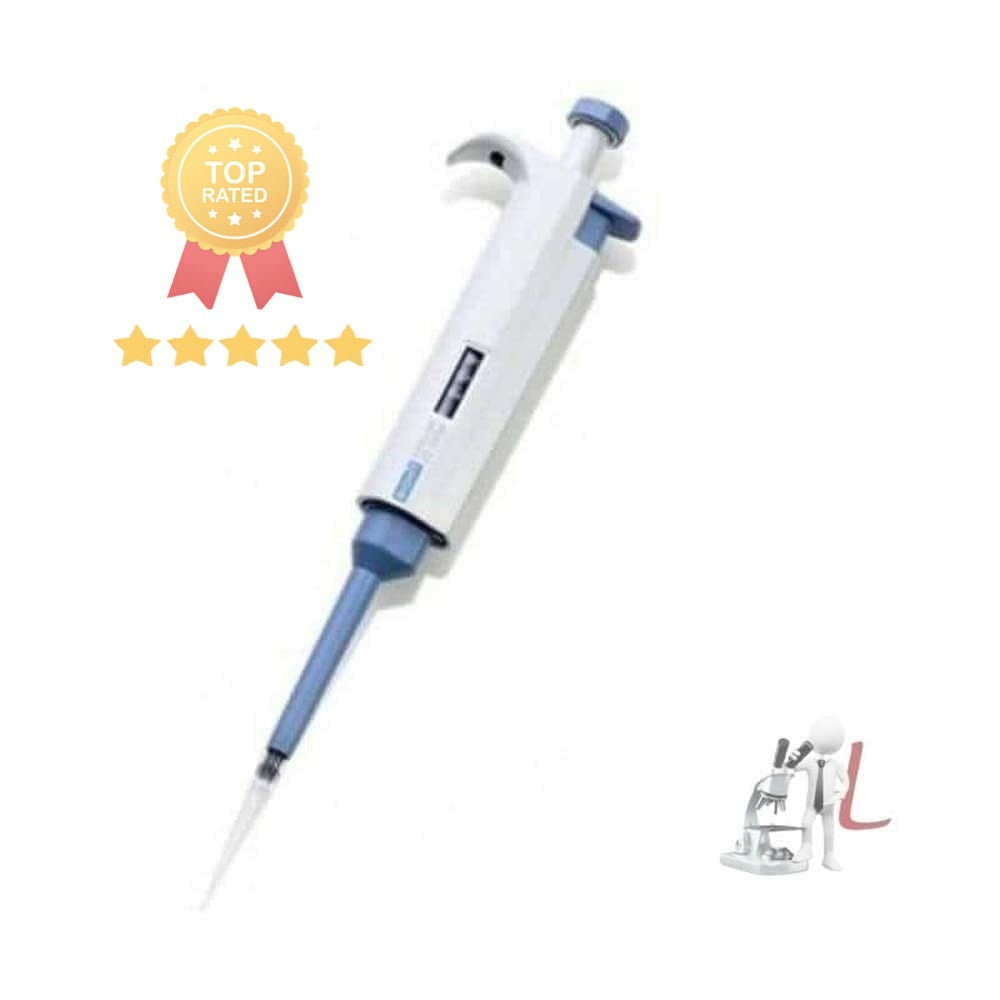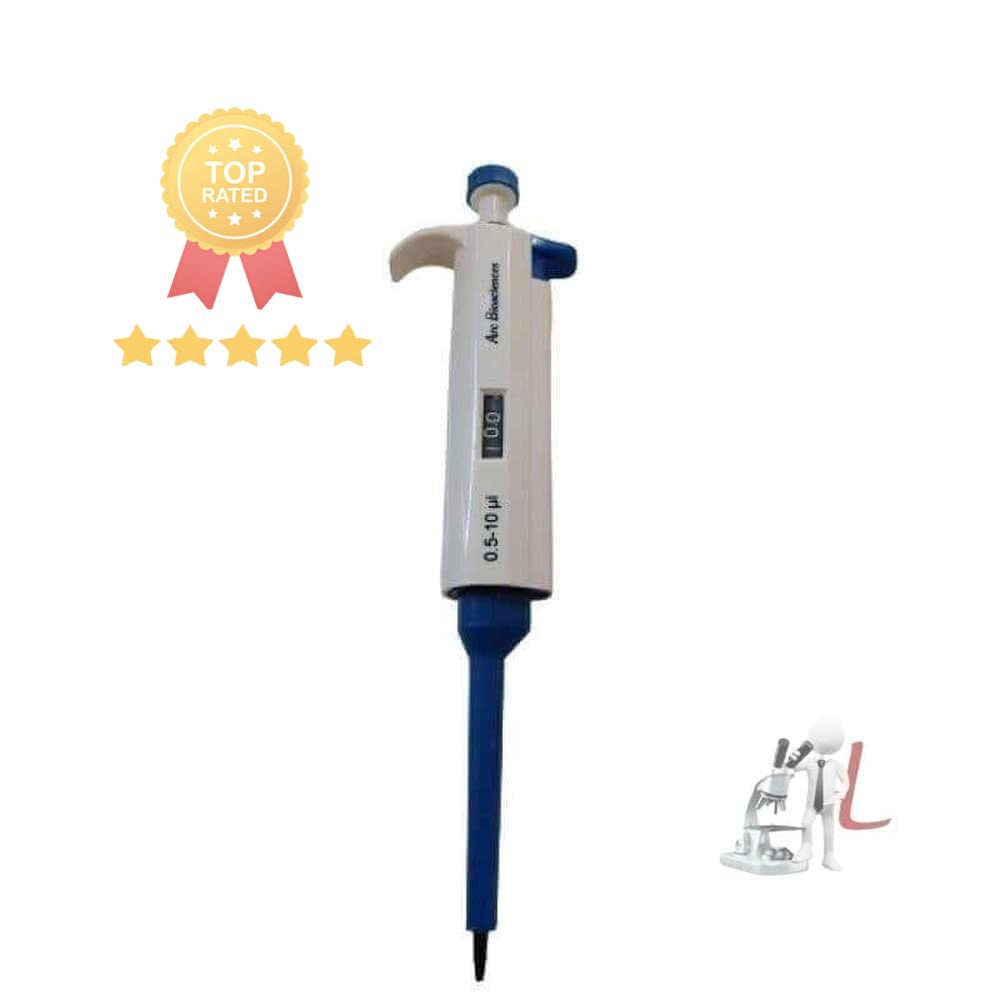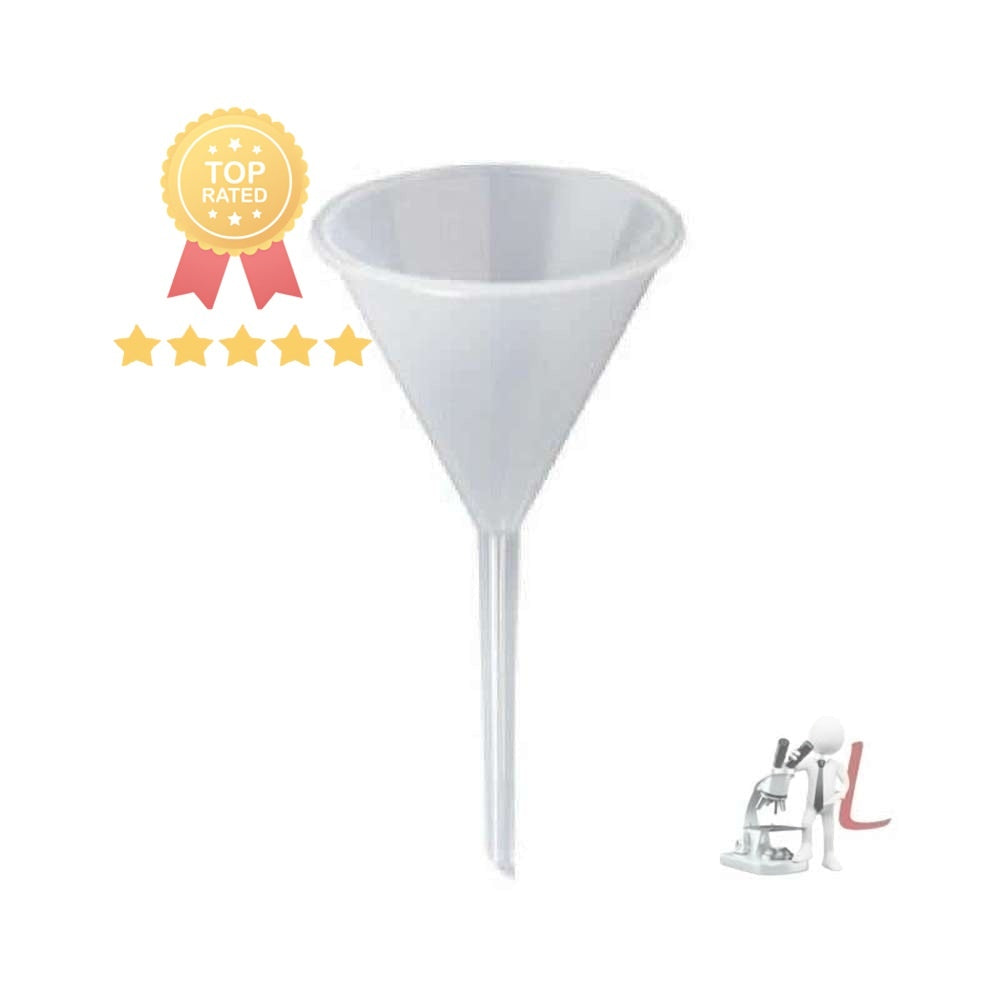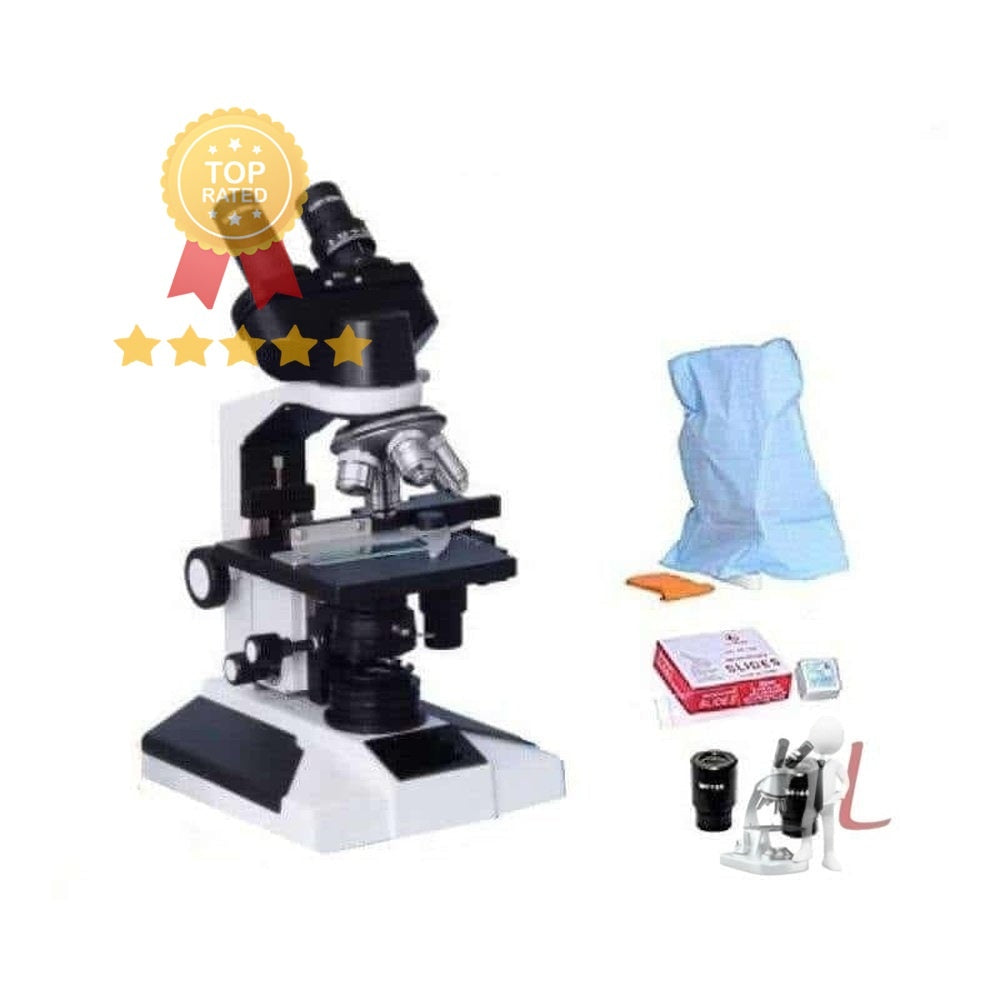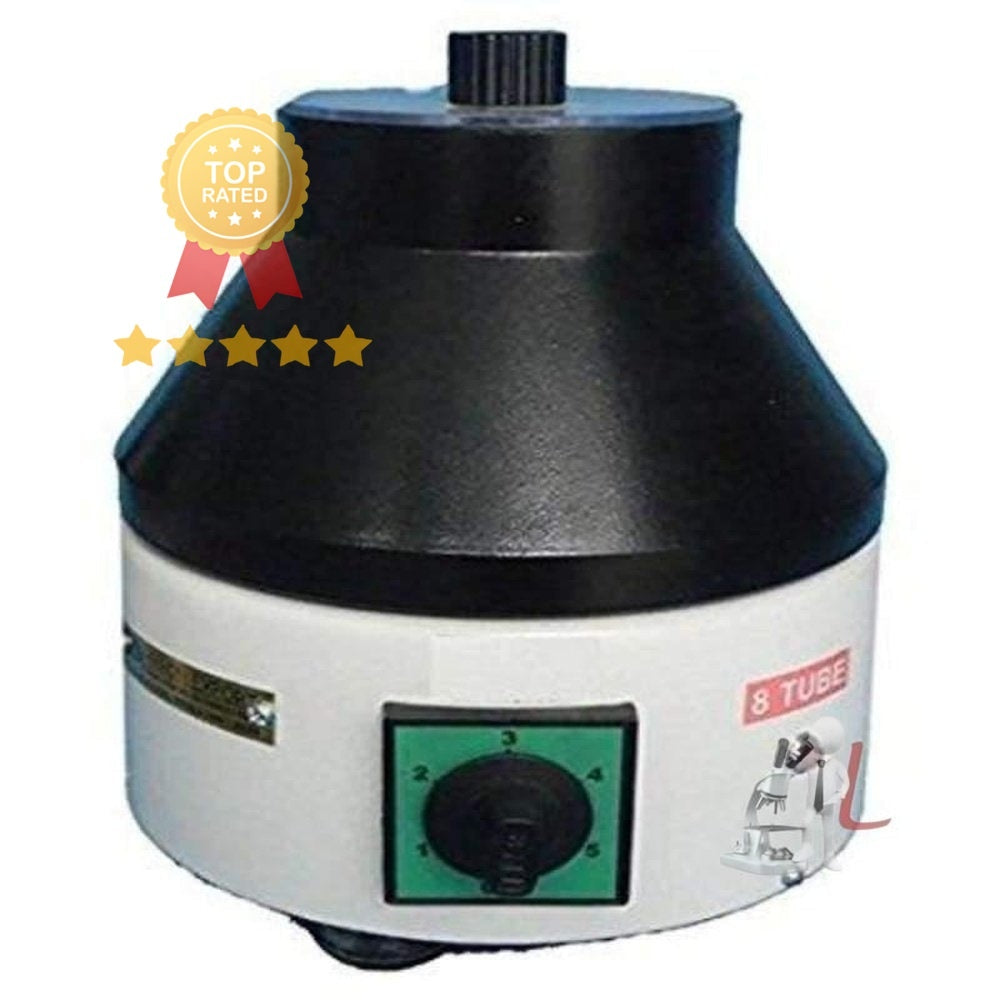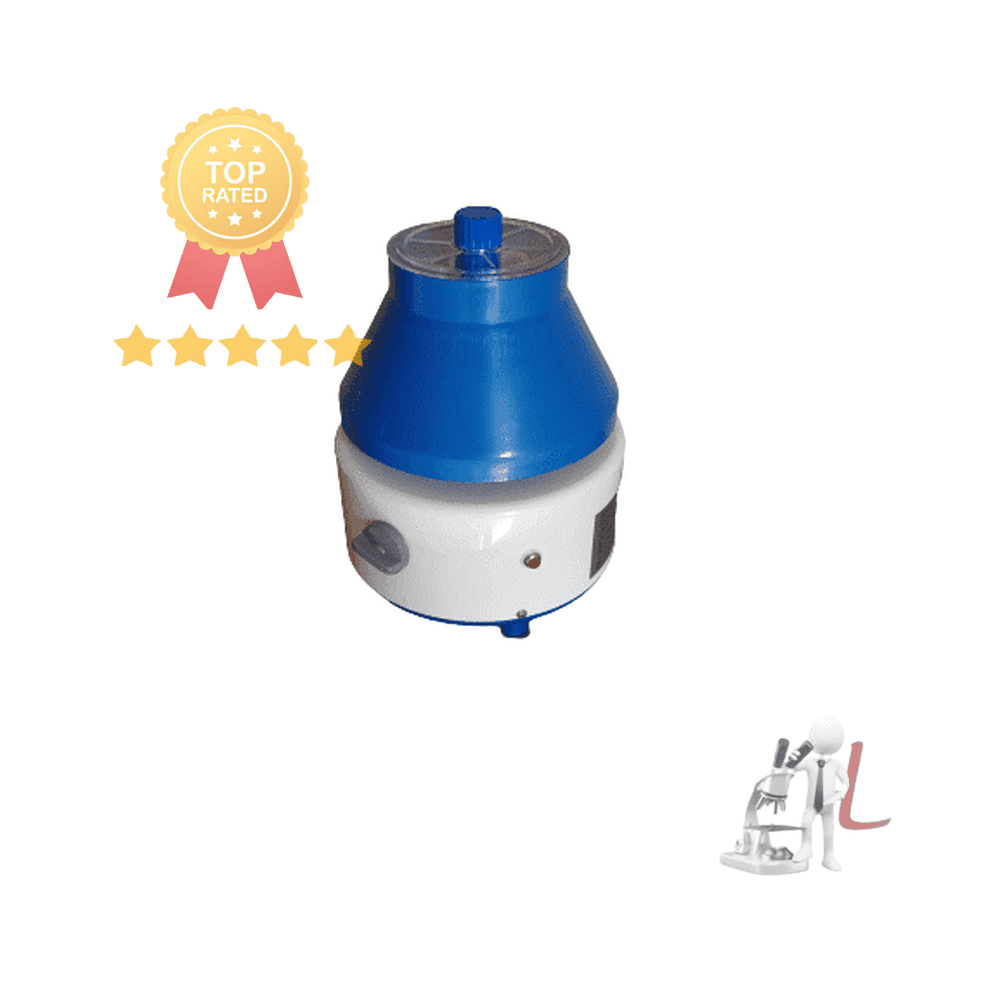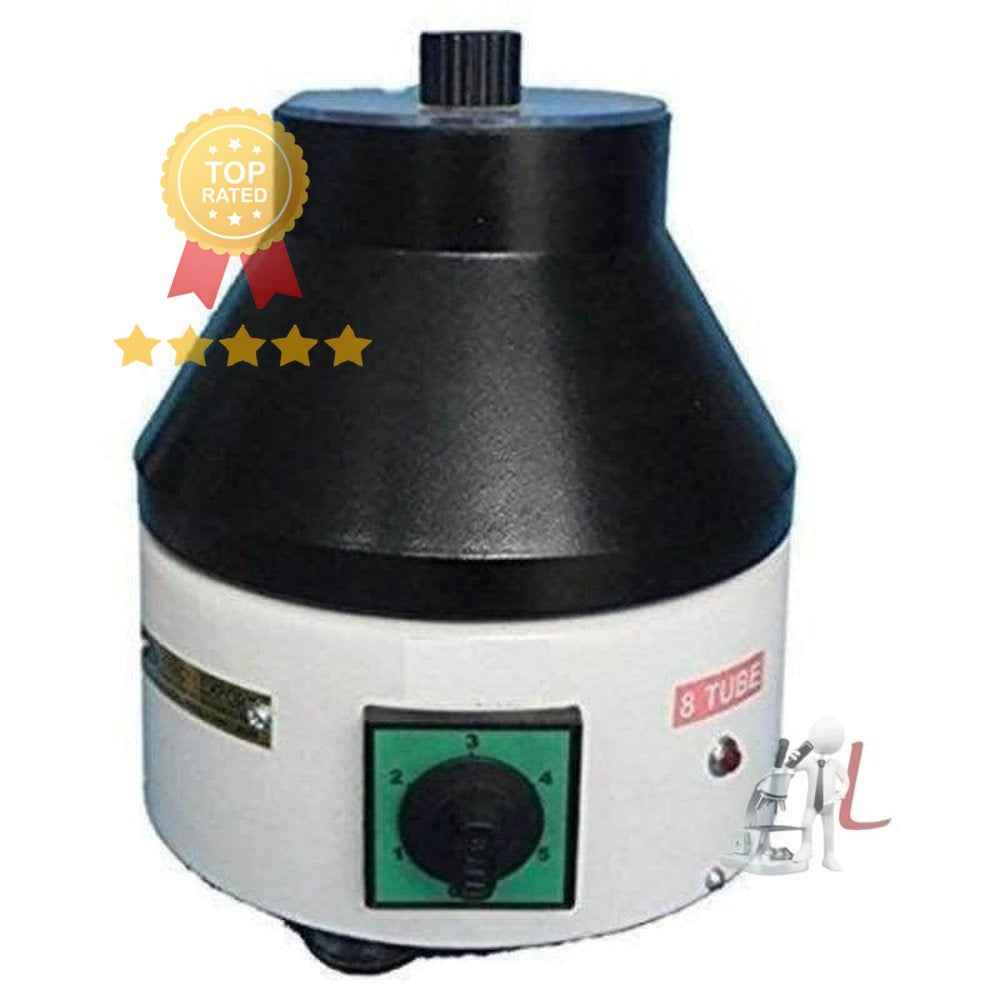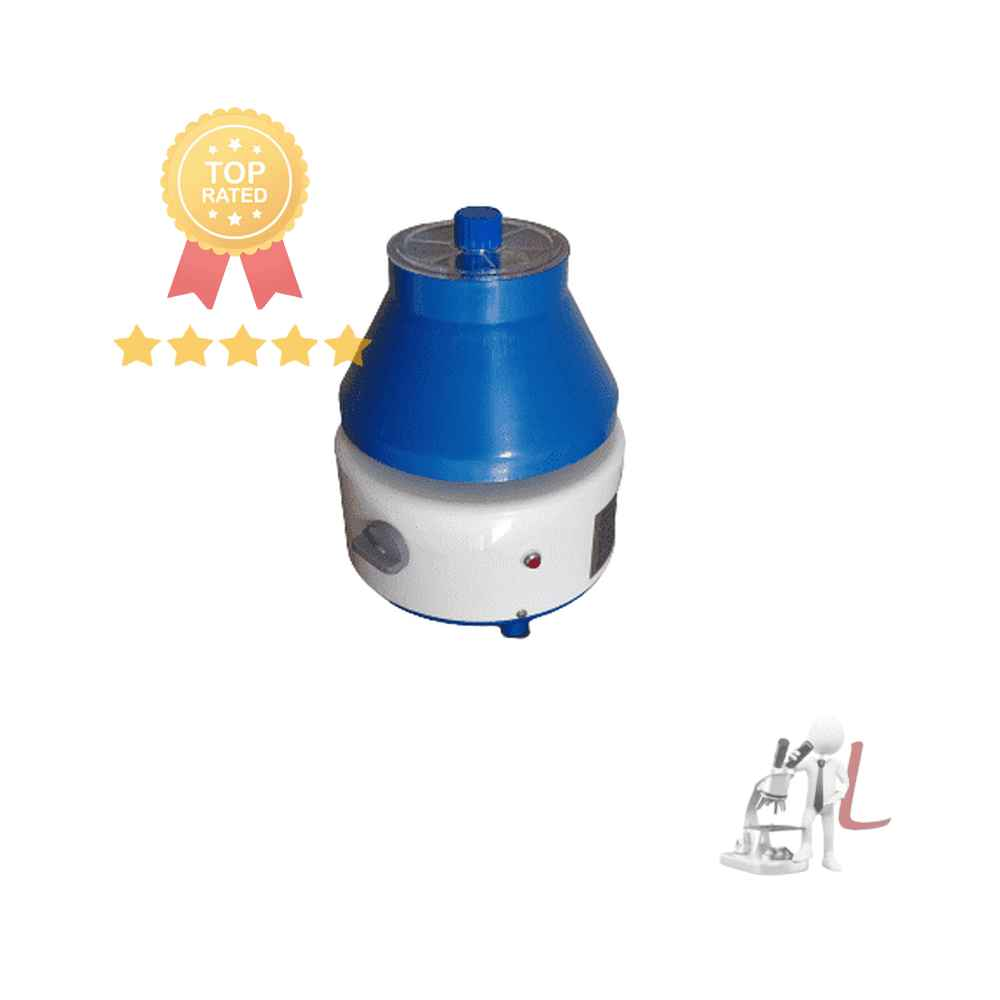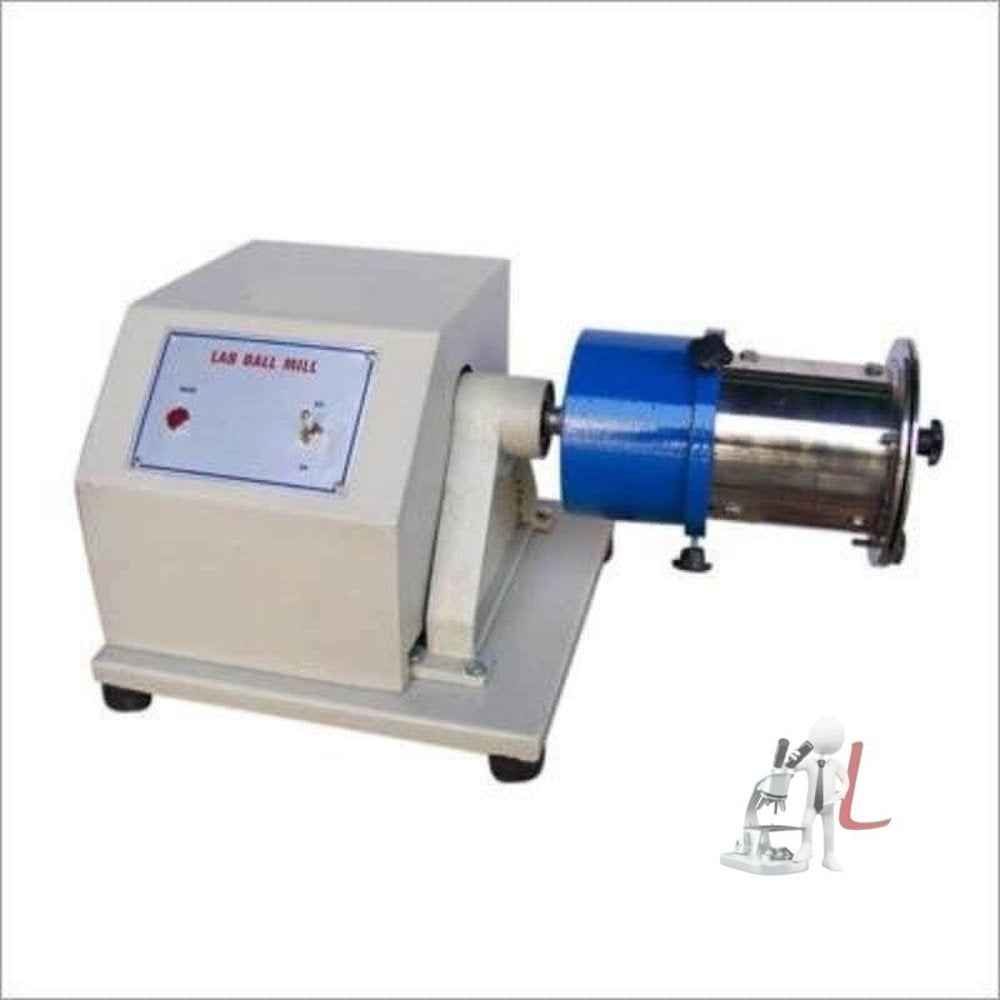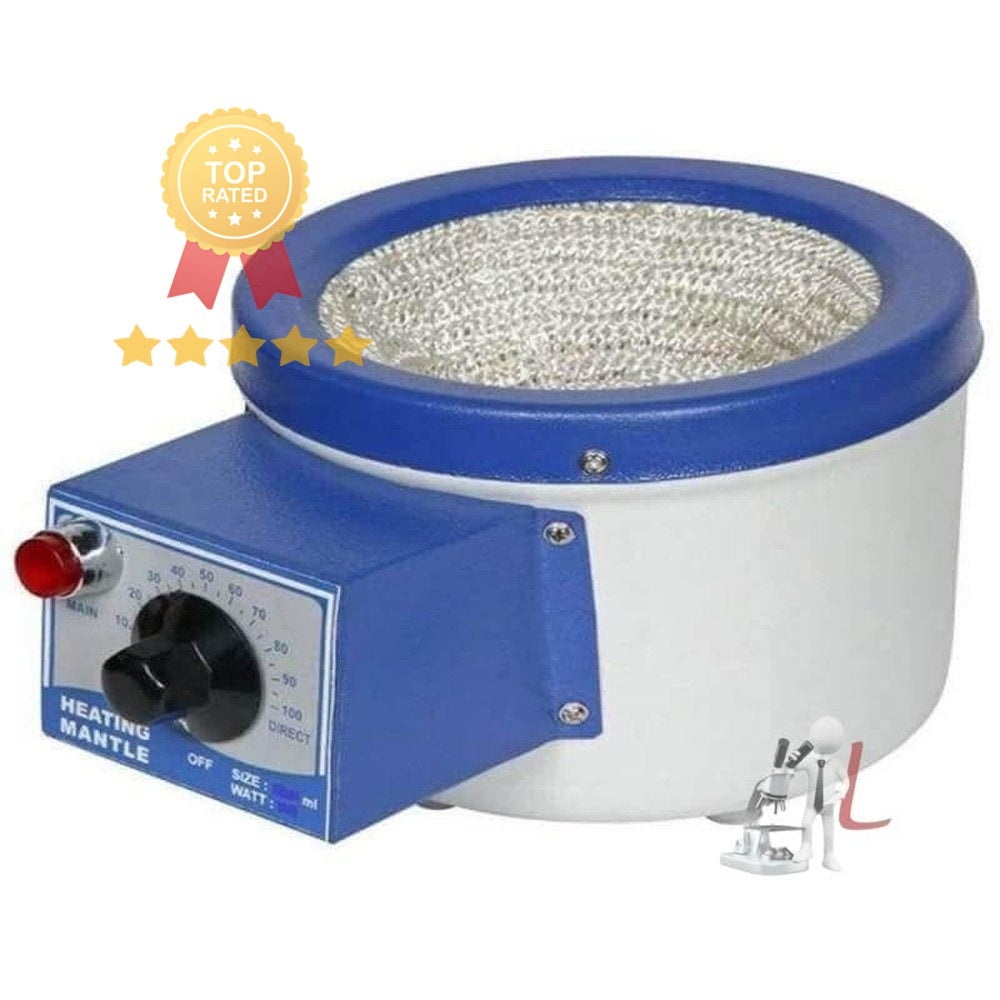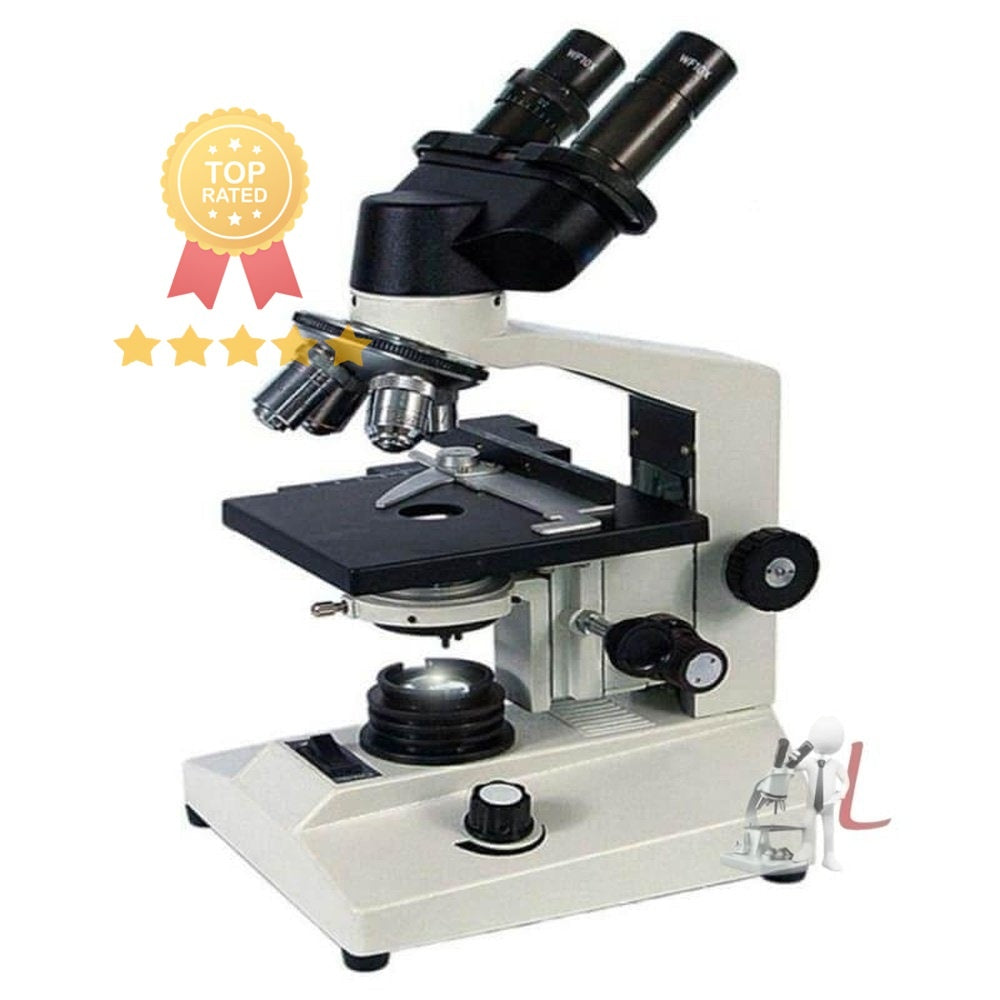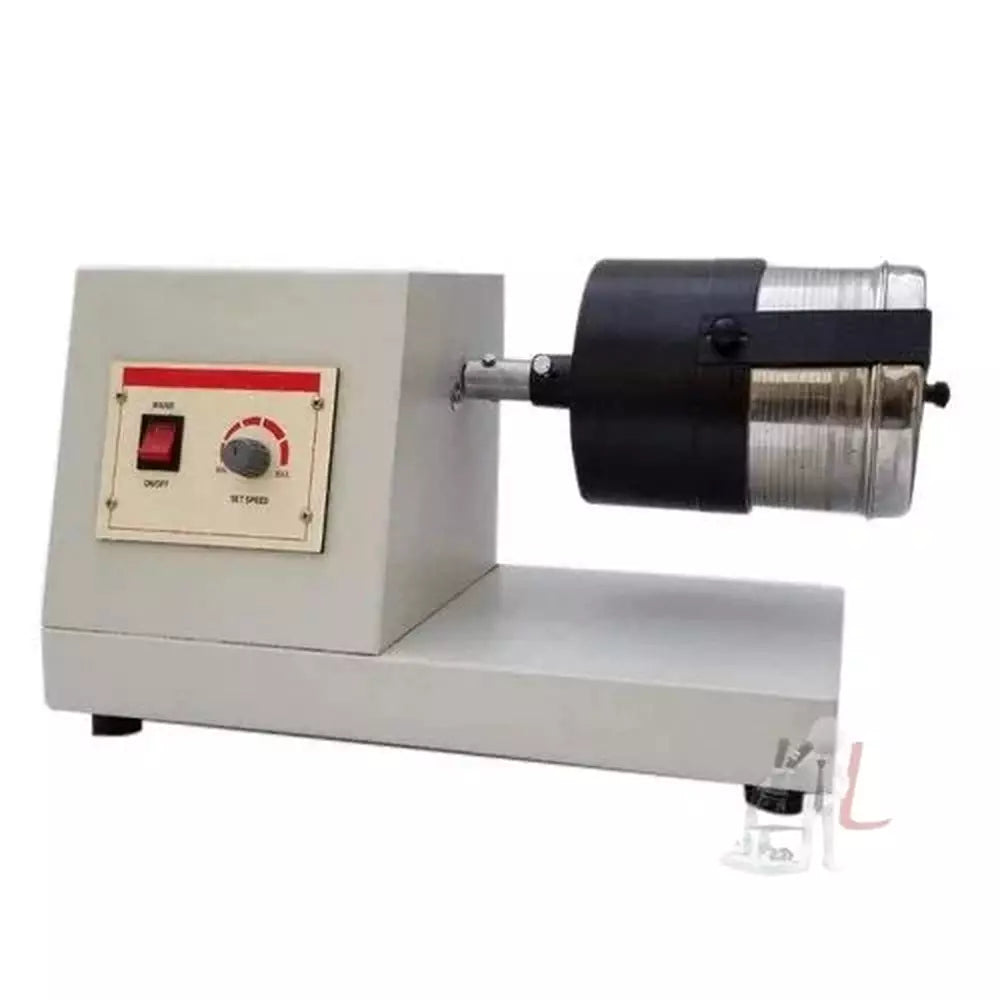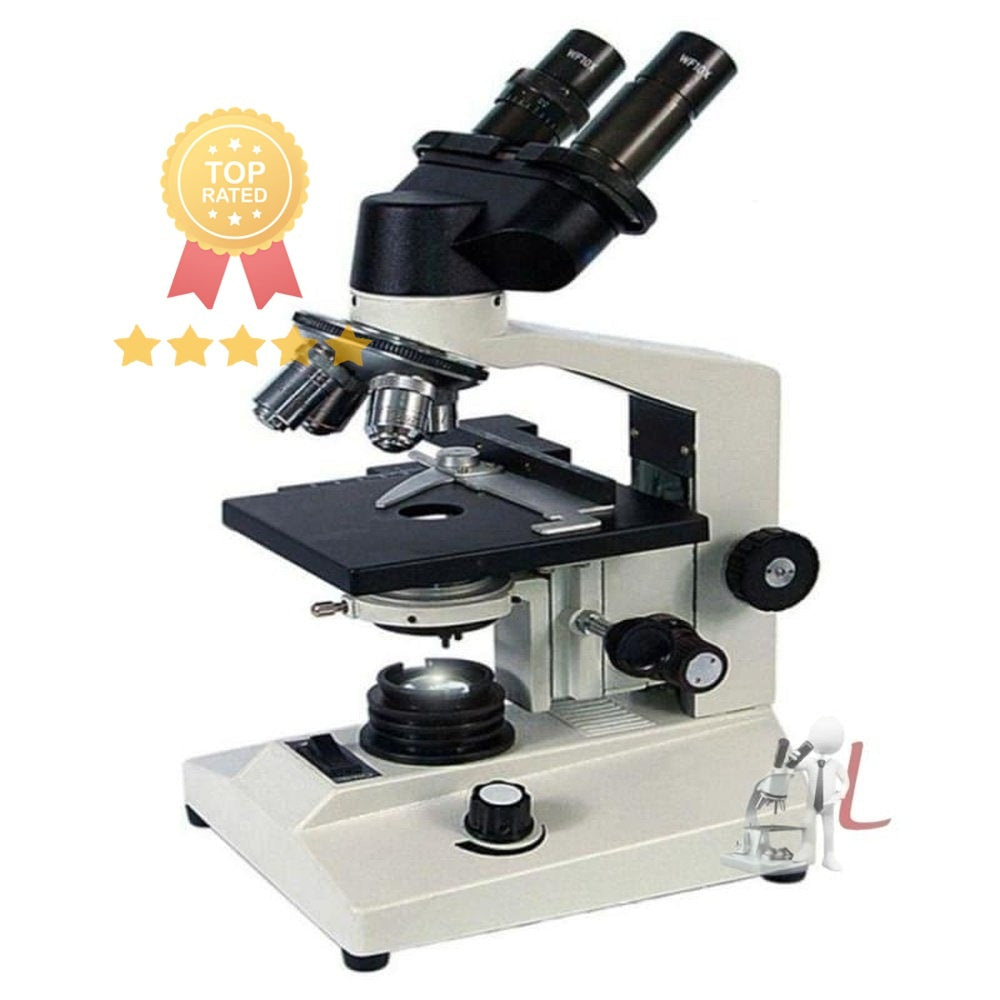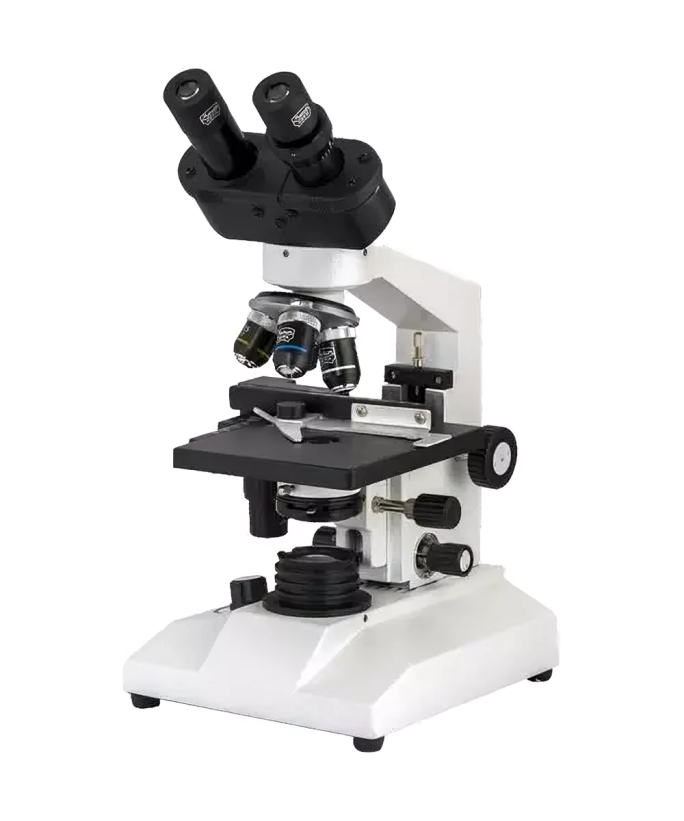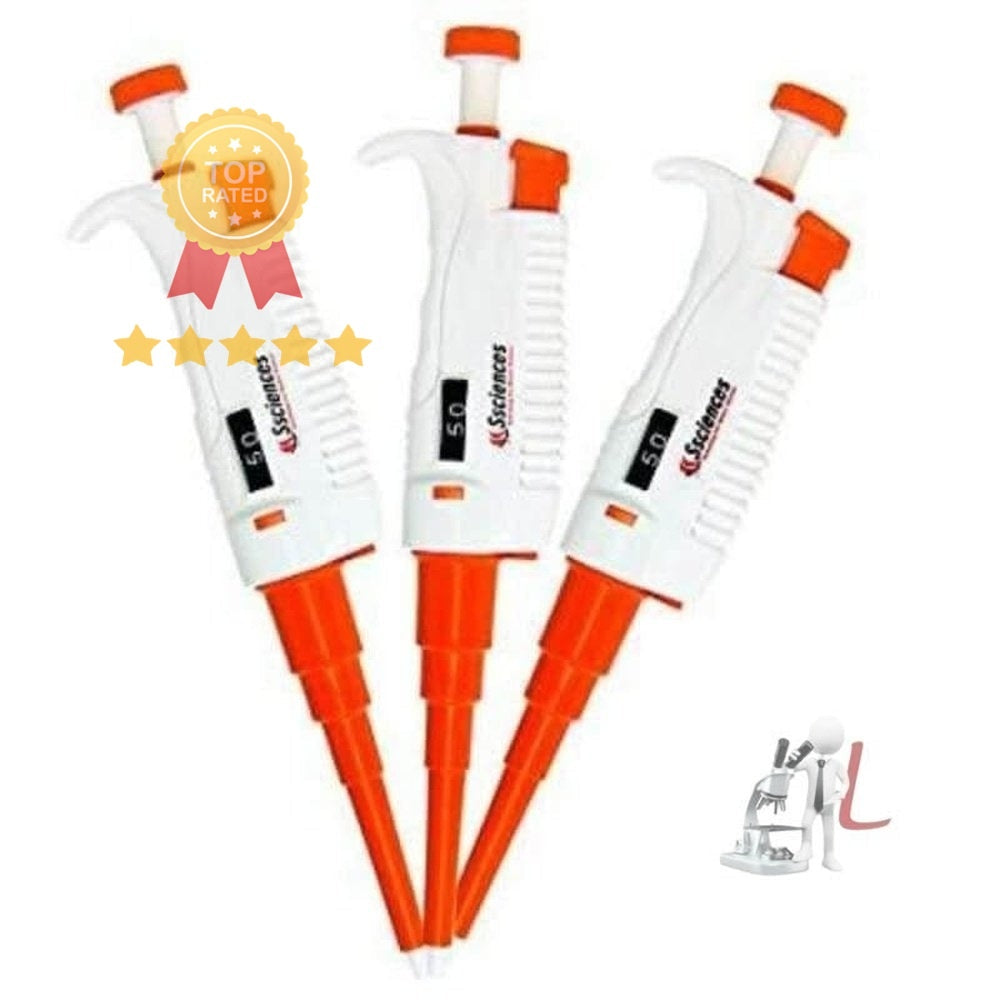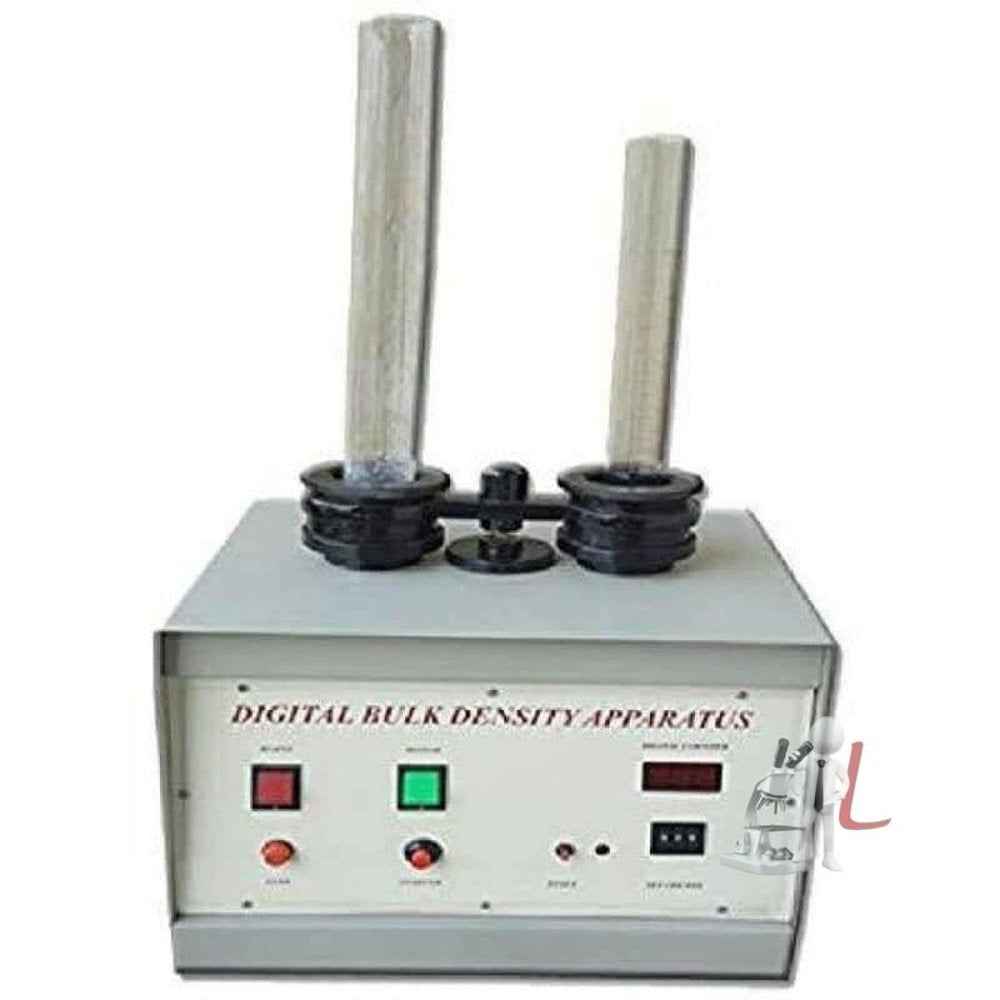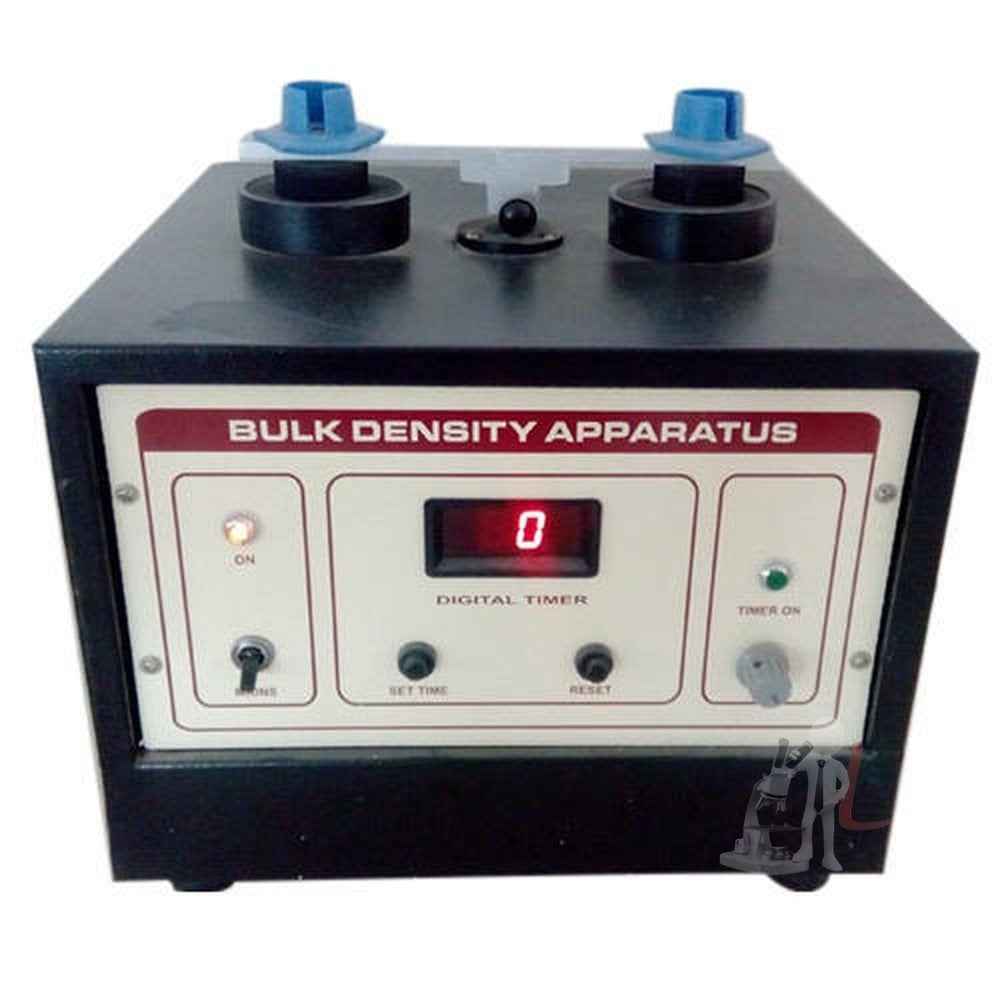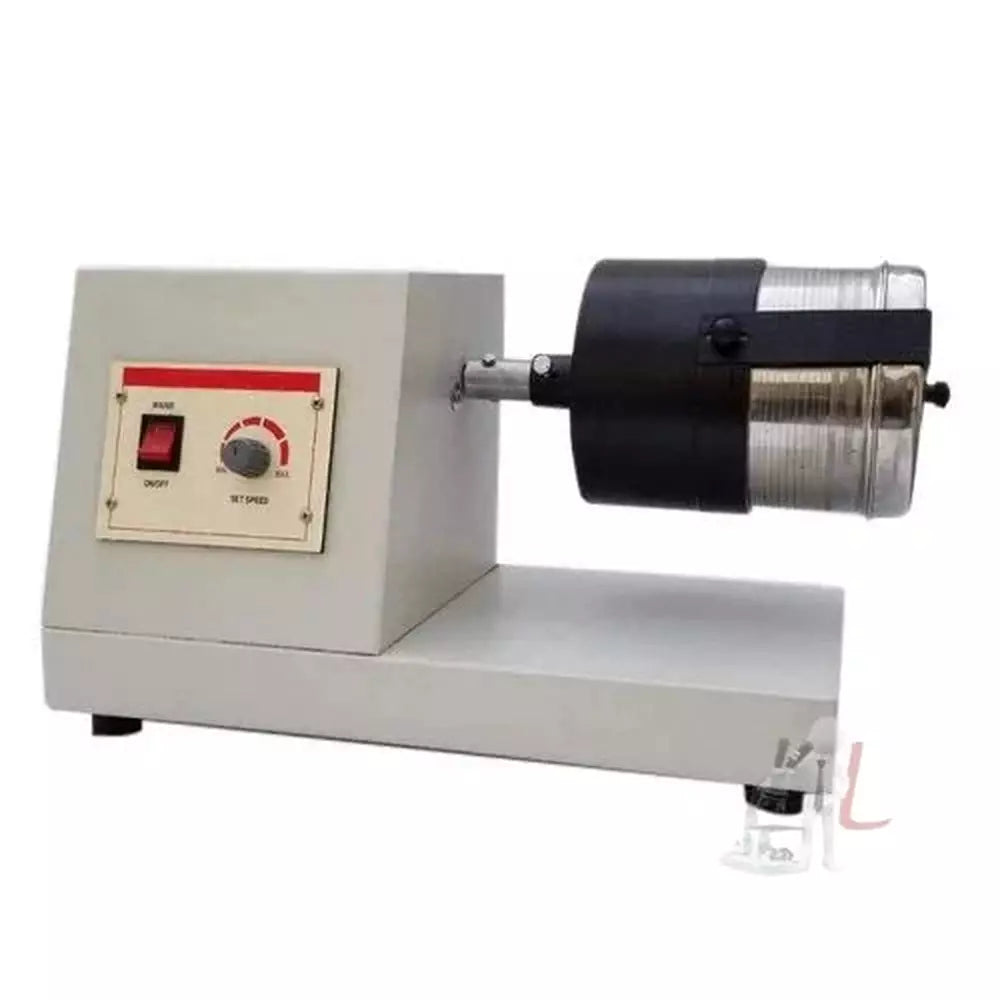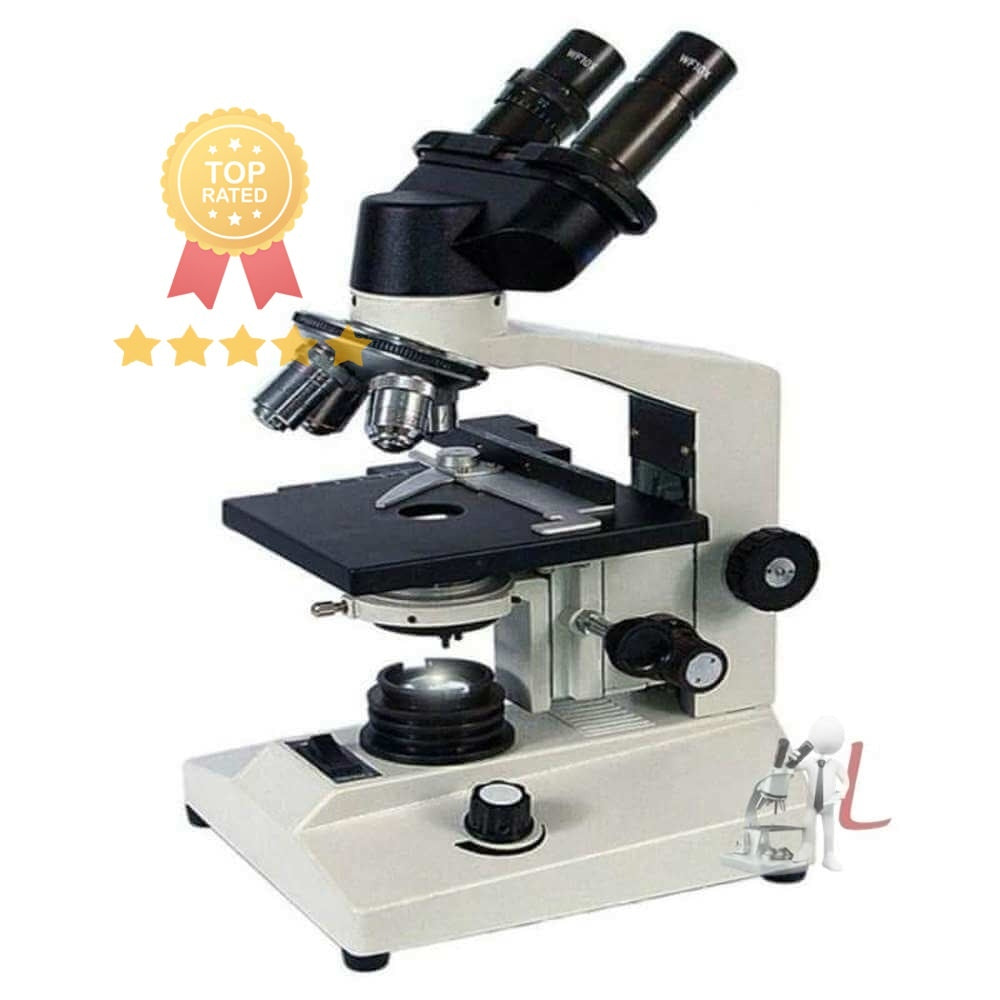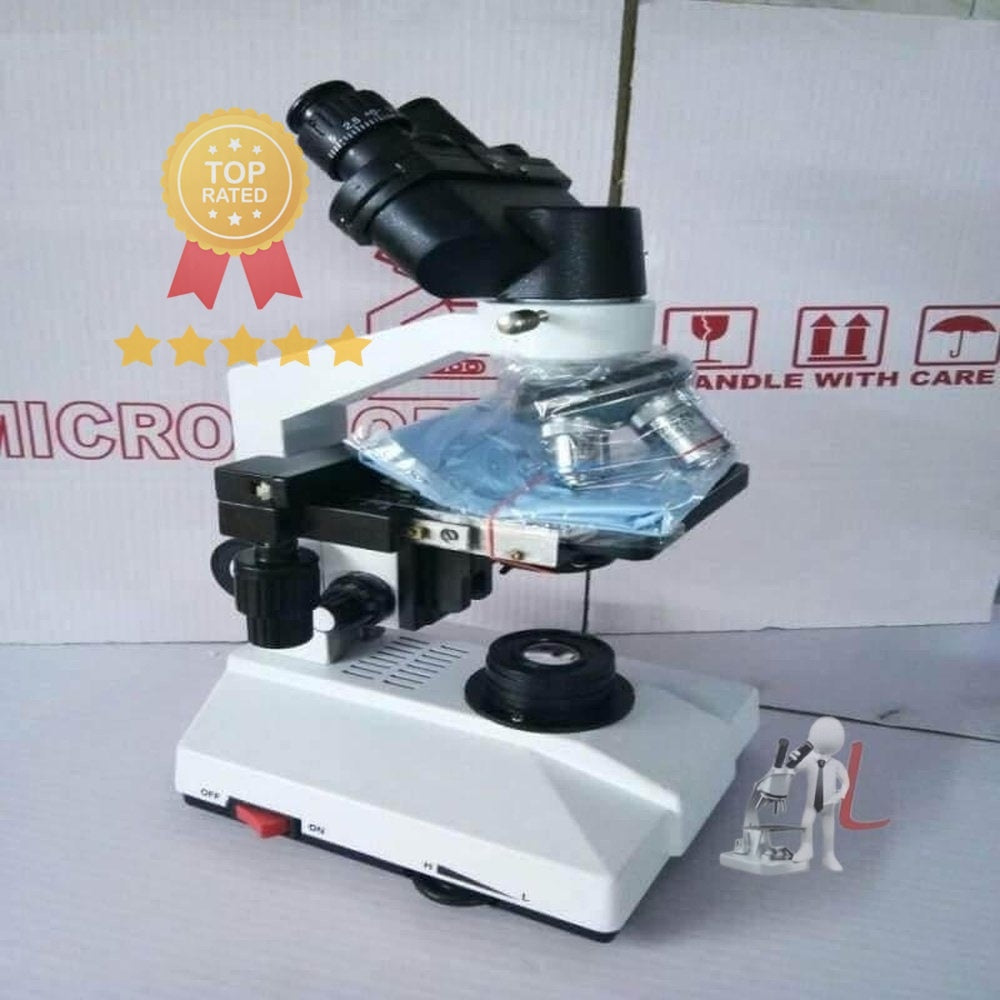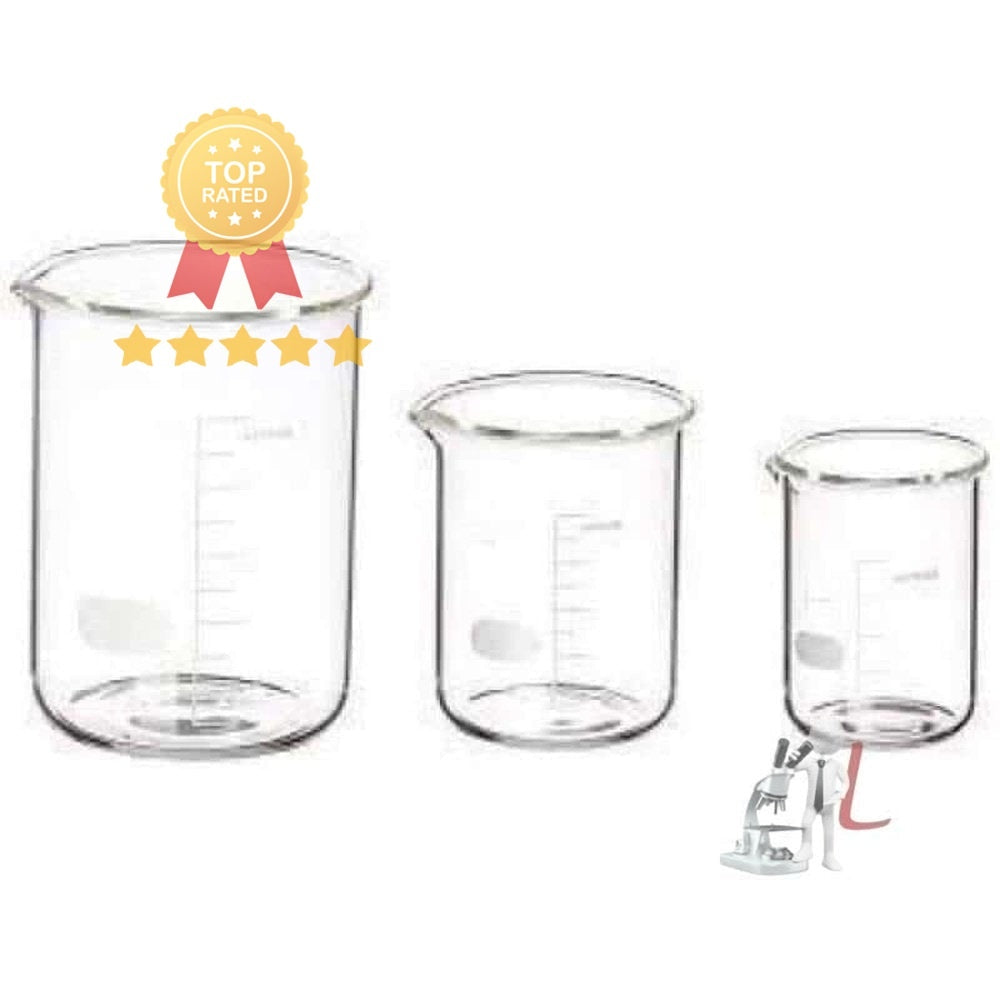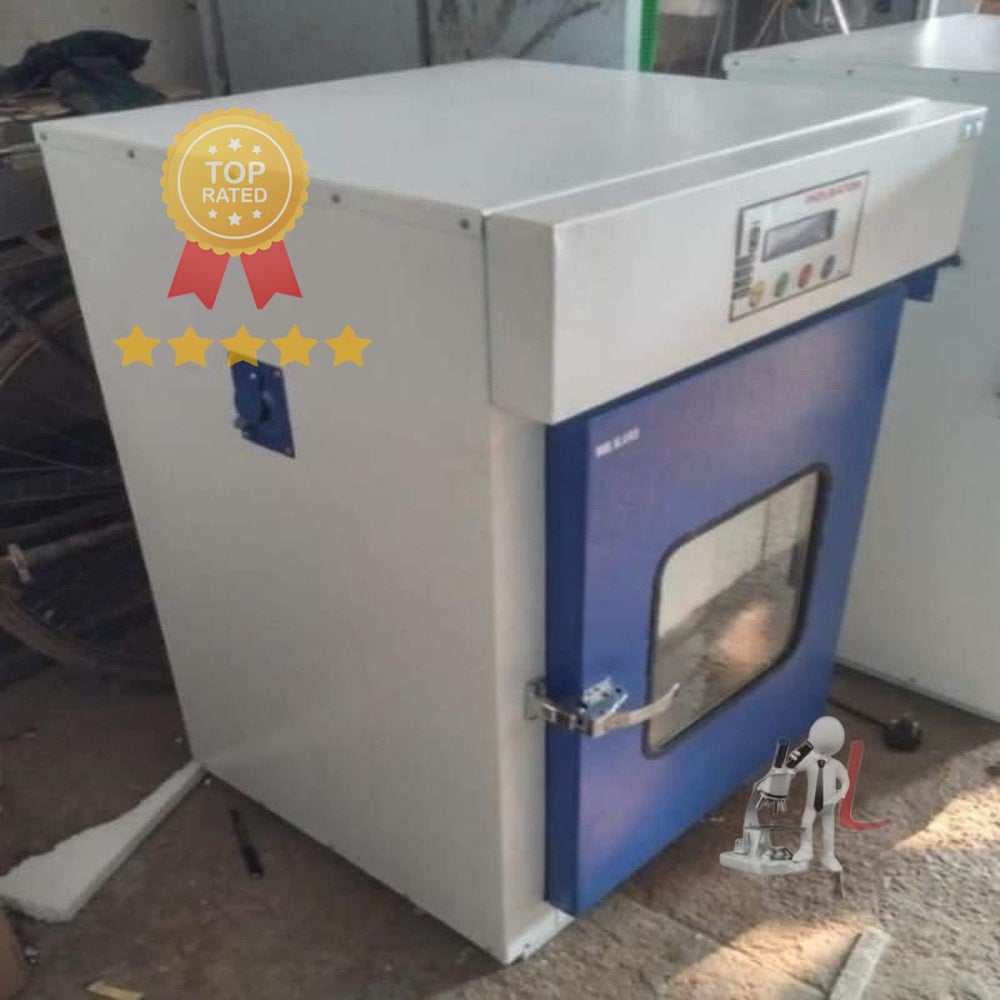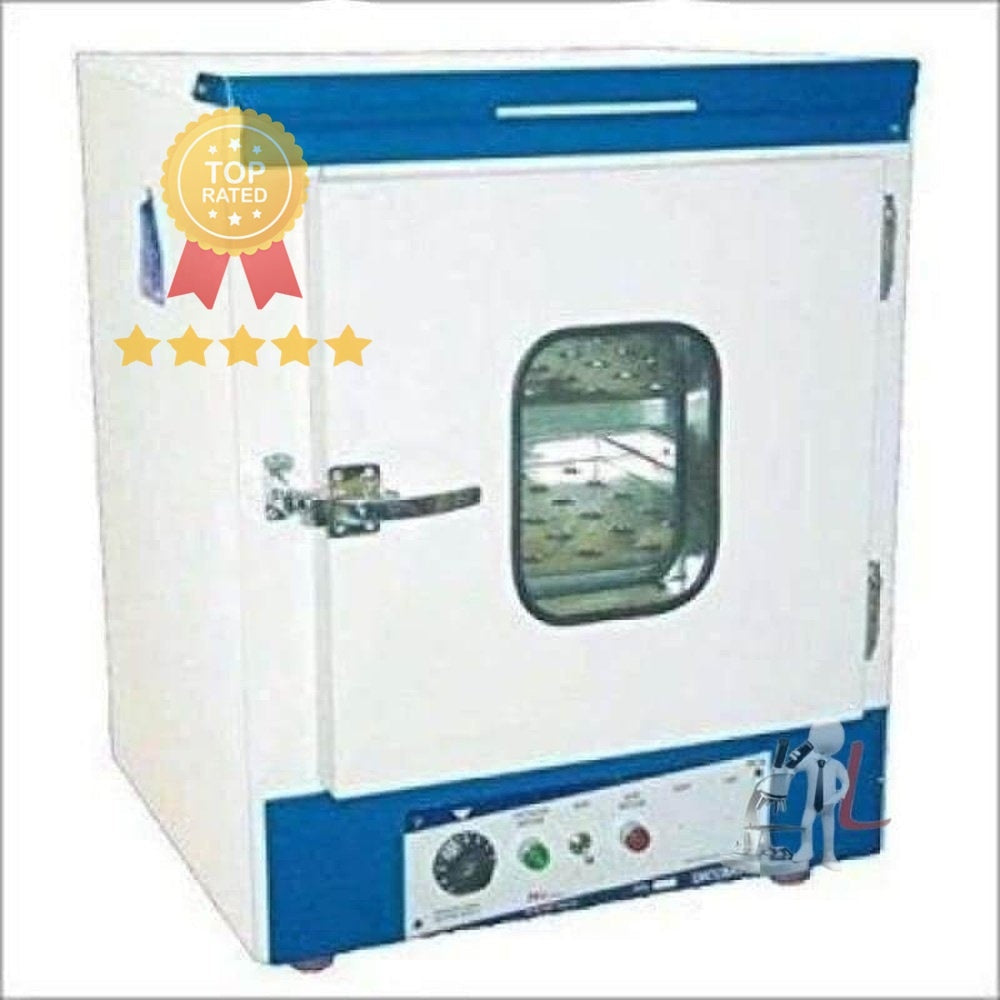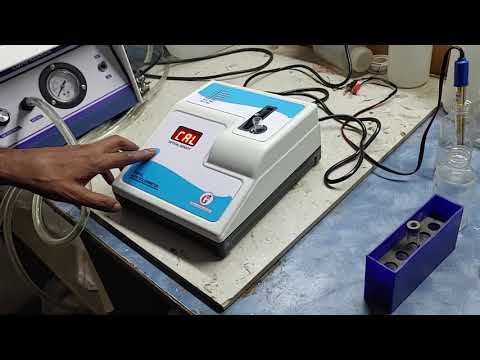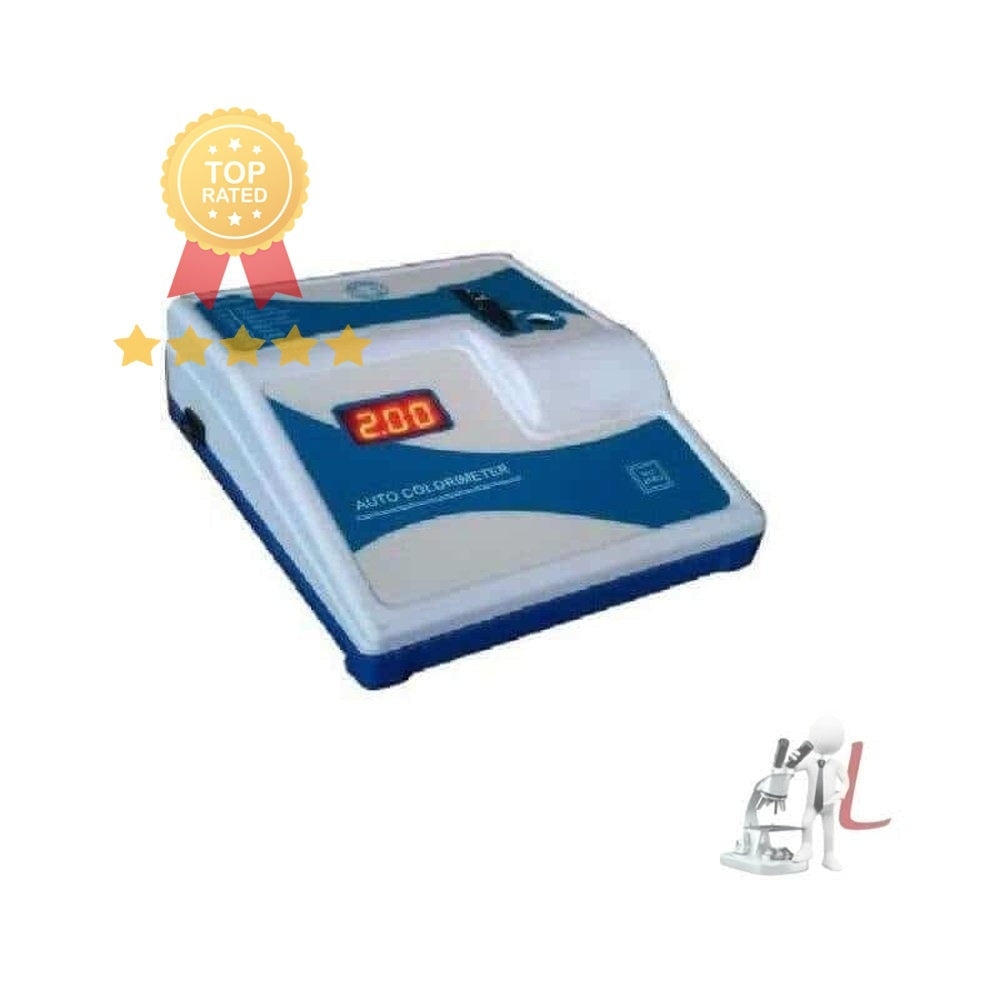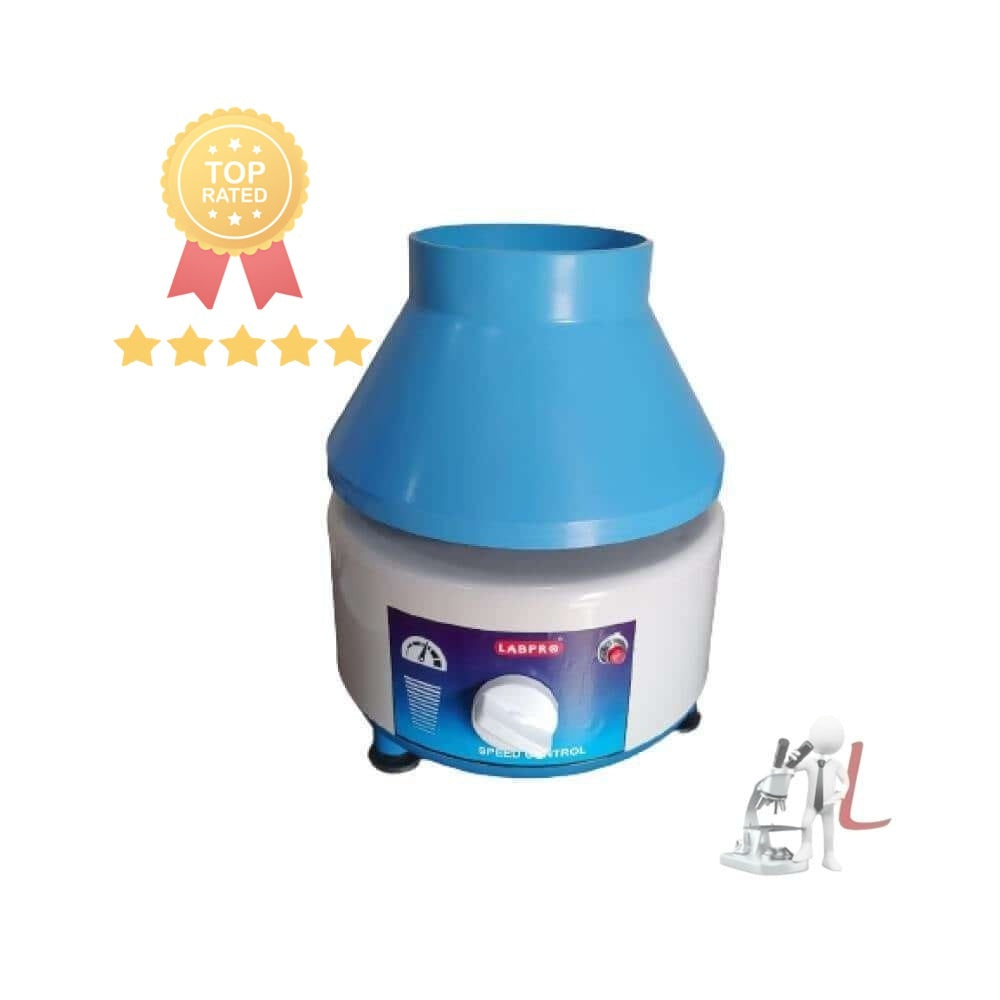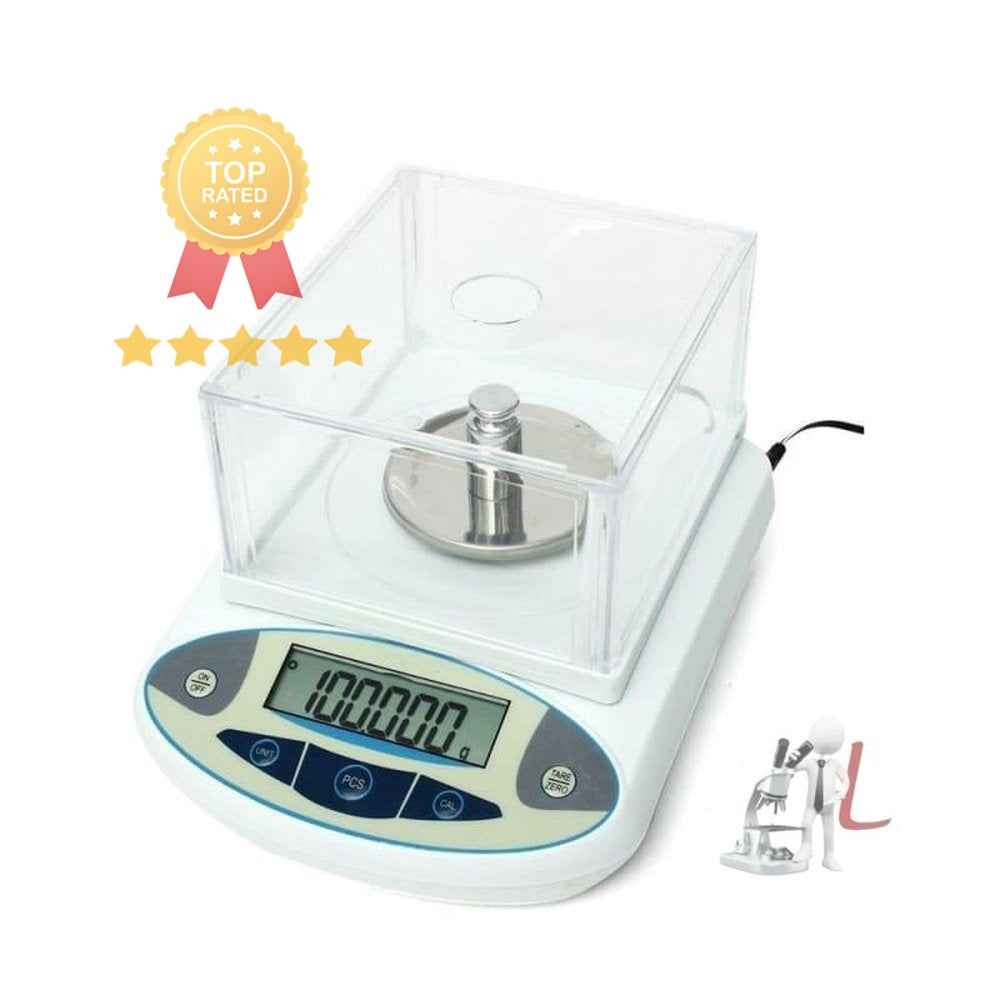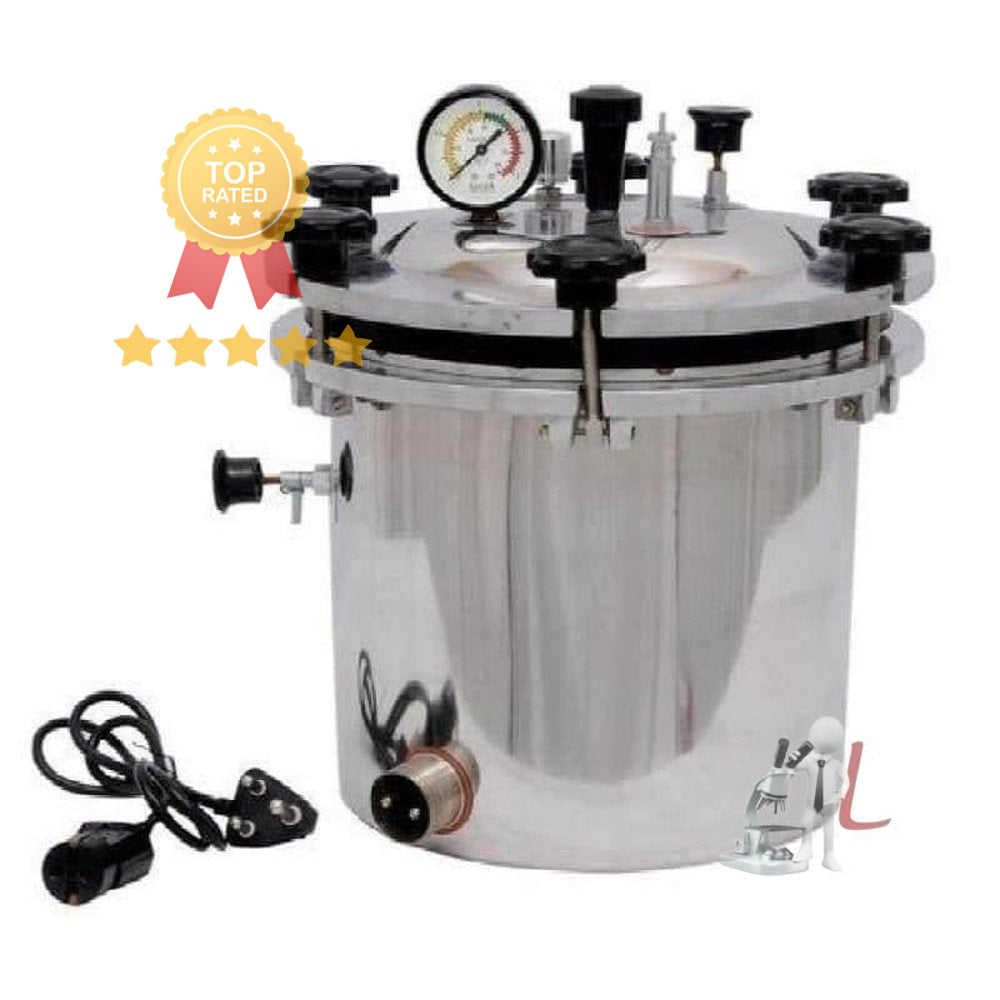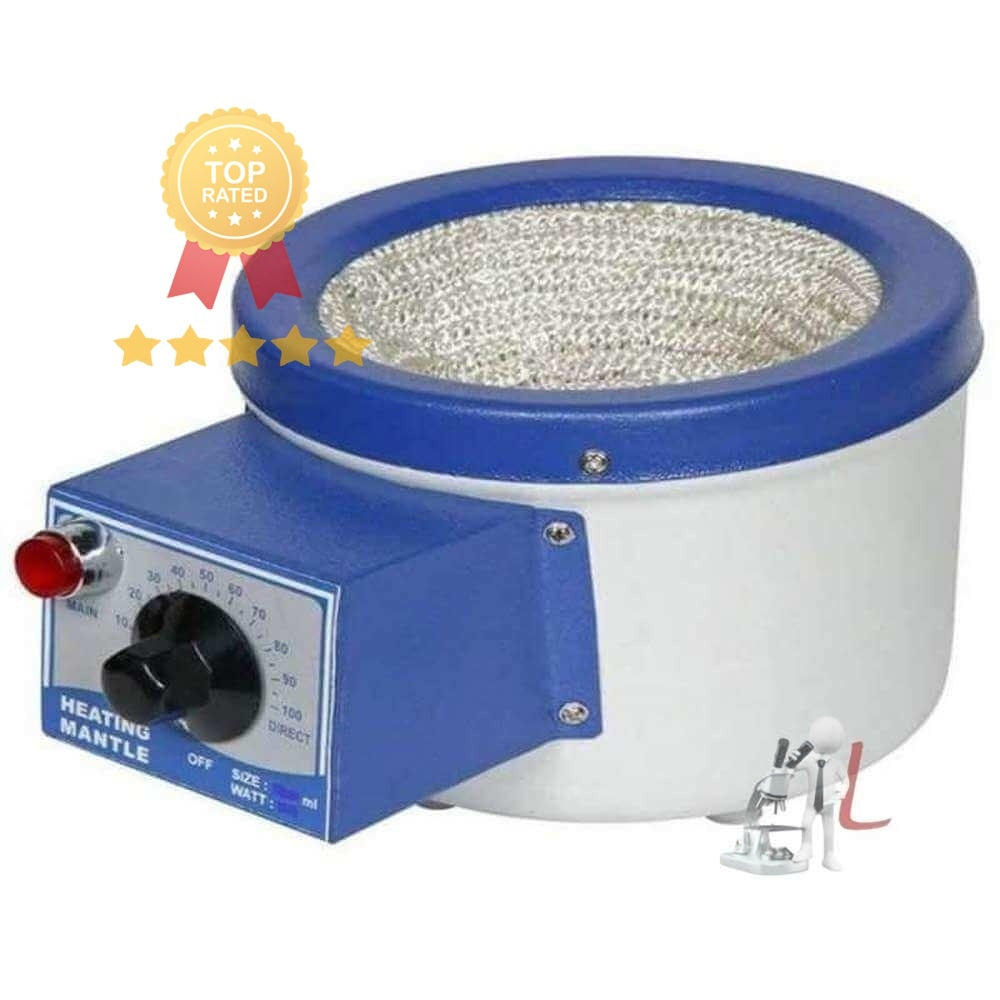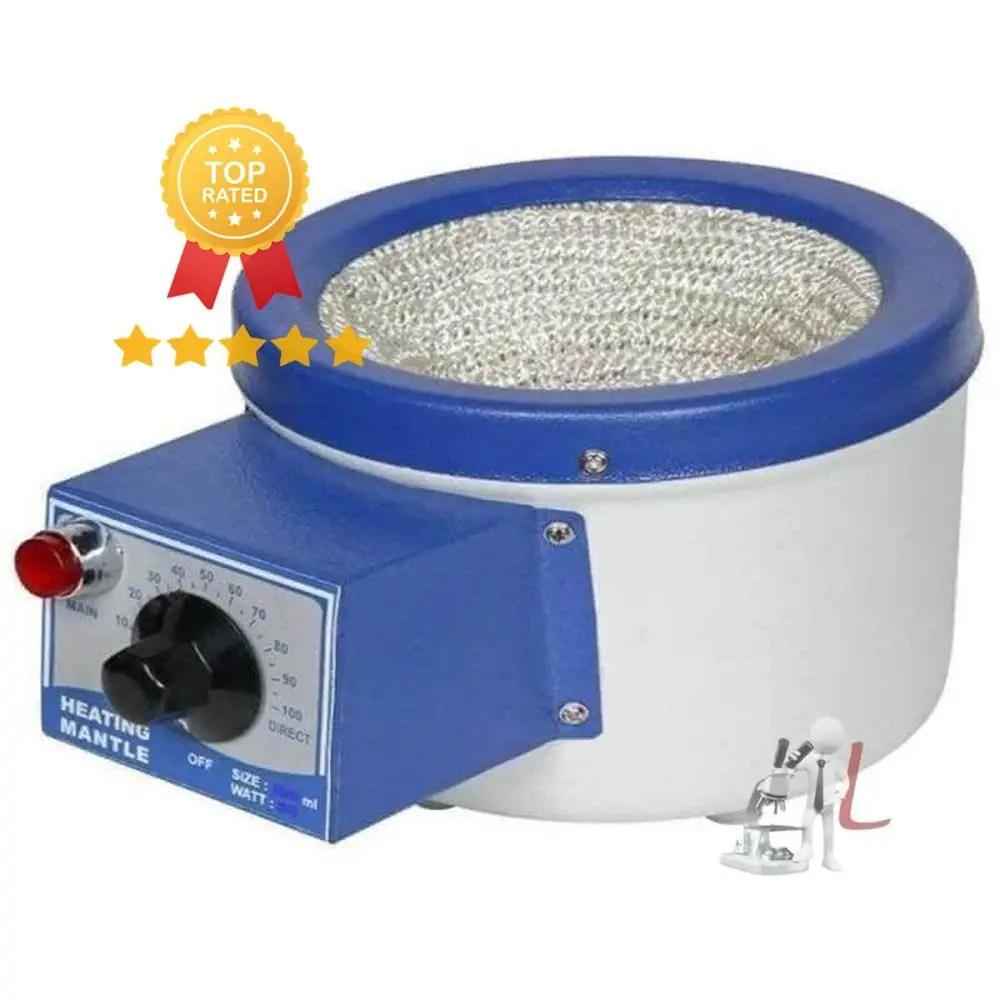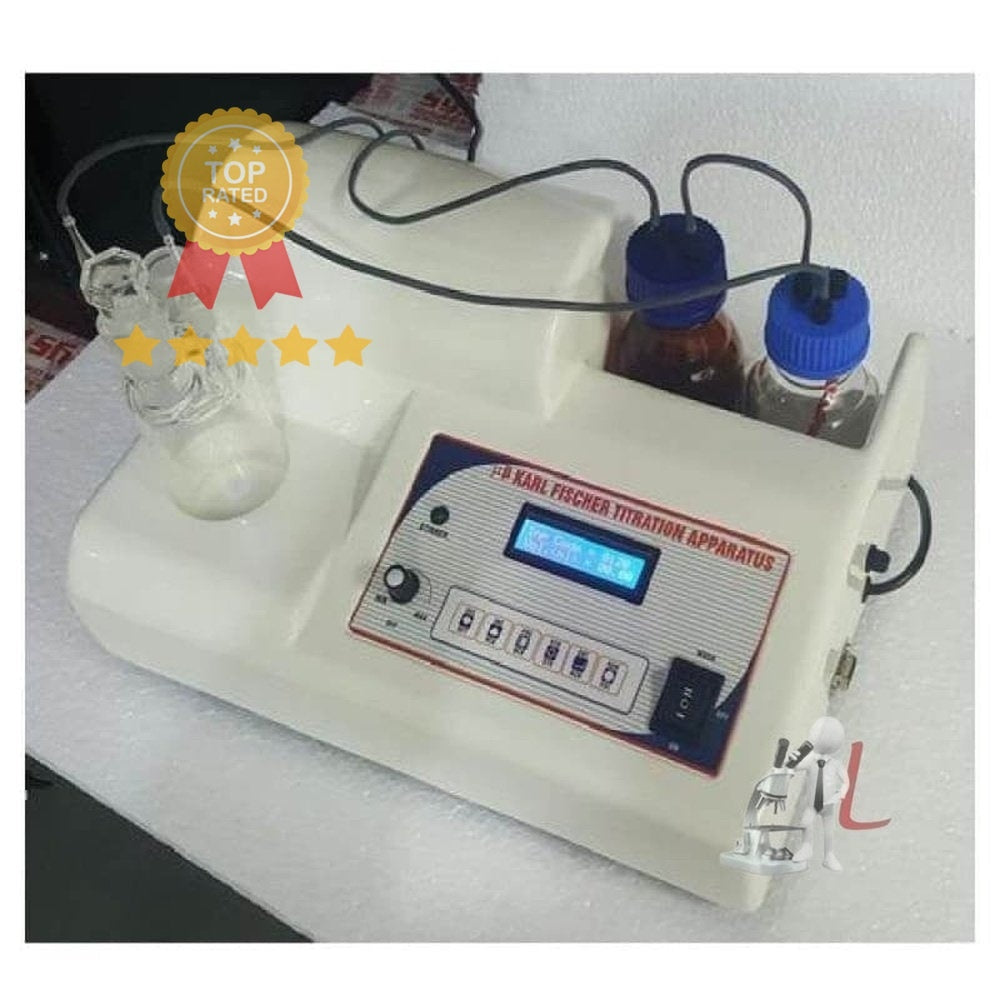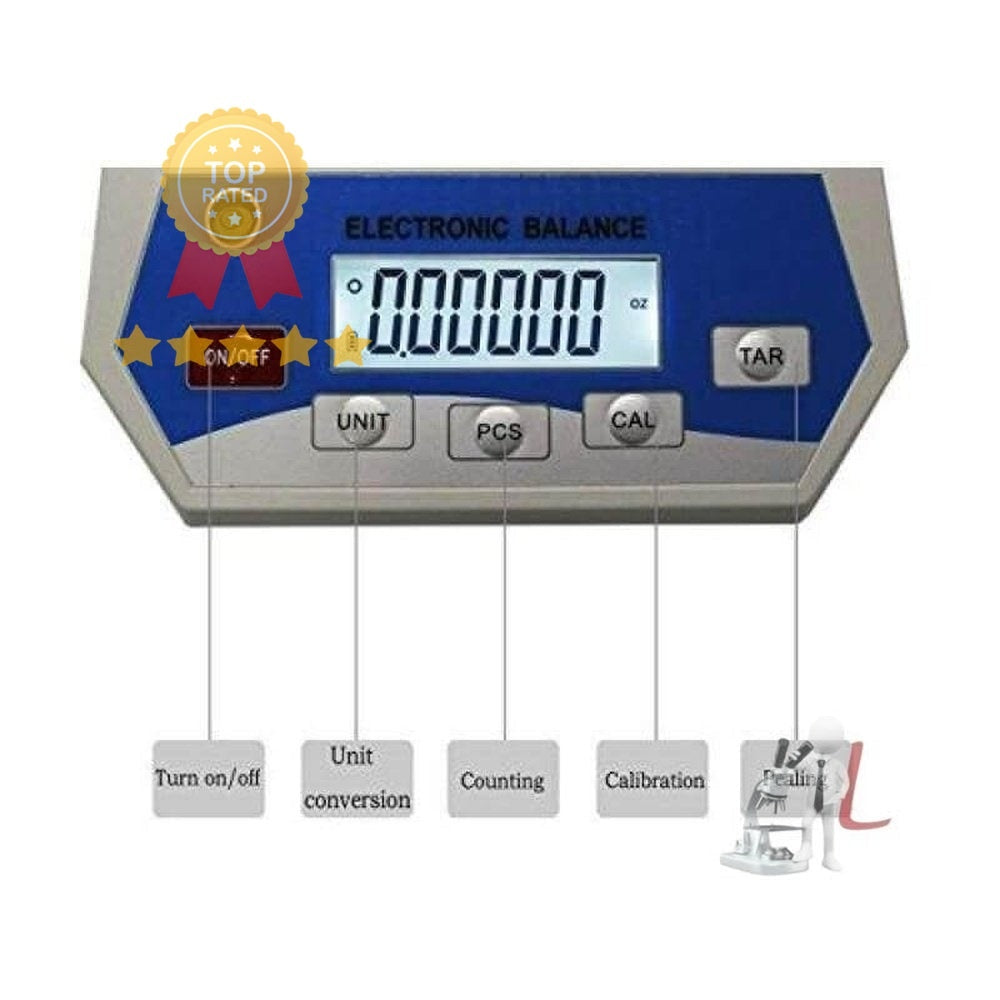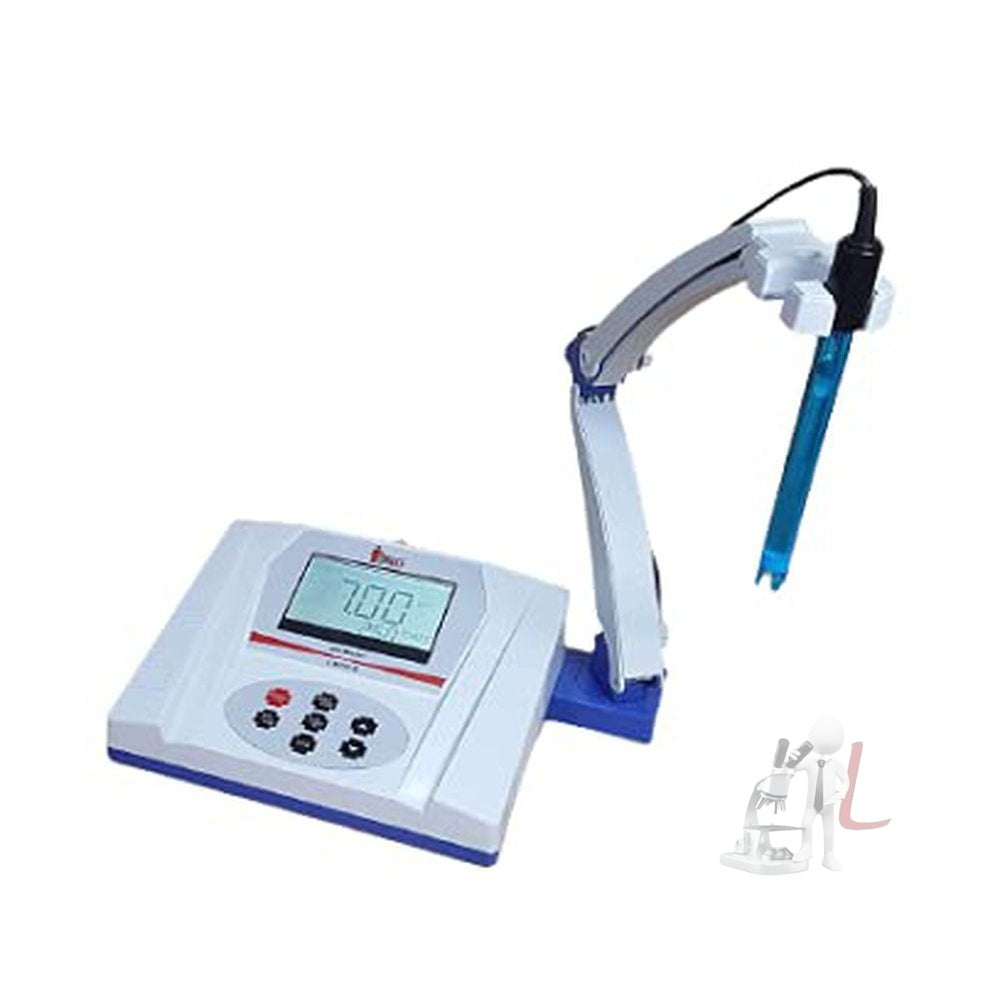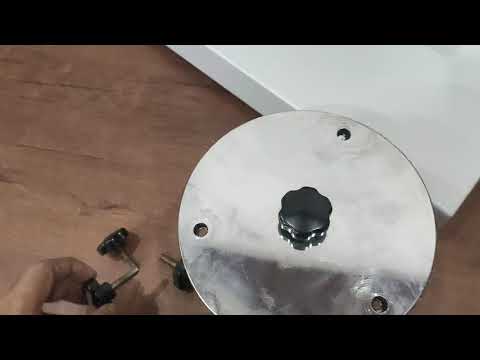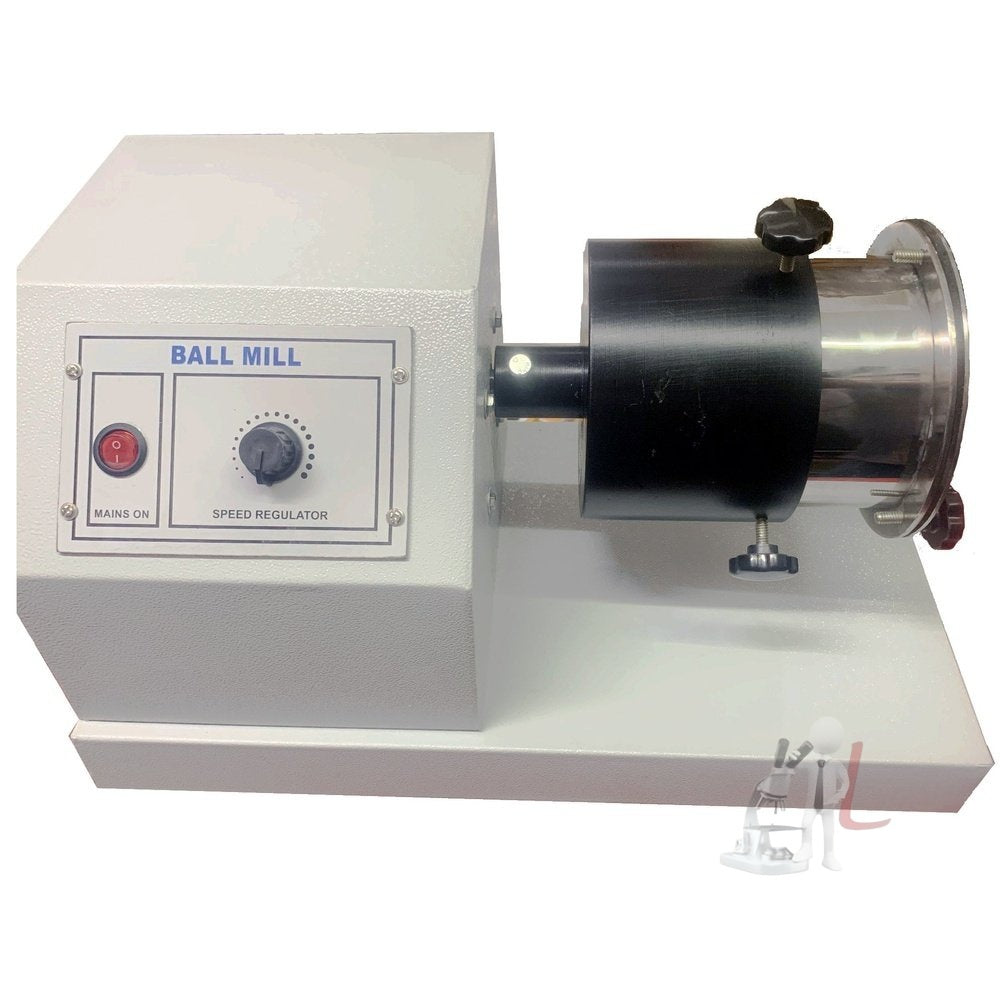Pharma Analysis Equipment
Pharma Analysis Equipment is essential for conducting accurate and reliable tests in a laboratory environment. These instruments play a crucial role in the pharmaceutical industry, providing vital data to ensure product safety, efficacy, and compliance with regulatory standards. In this comprehensive overview, we will delve into the various types of pharma analysis equipment available, their applications, and the significance of choosing the right tools for laboratory analysis.
The pharmaceutical sector demands precision and reliability, making the selection of the right pharma analysis equipment imperative. From high-performance liquid chromatography (HPLC) to mass spectrometry (MS), each instrument serves a unique purpose in drug development and quality control processes. Understanding the functionalities and differences between these devices can significantly impact research outcomes and product quality.
High-performance liquid chromatography (HPLC) is one of the most widely used pharma analysis equipment in laboratories. This method allows for the separation, identification, and quantification of components in a mixture. In the pharmaceutical industry, HPLC is frequently utilized to analyze raw materials, intermediates, and finished products. It ensures that the active pharmaceutical ingredients (APIs) meet required specifications and help identify impurities that could affect product safety.
Another crucial piece of pharma analysis equipment is gas chromatography (GC). It is predominantly used for analyzing volatile compounds. In pharmaceuticals, GC plays an essential role in the testing of solvents and other gases used in the manufacturing process. This method allows scientists to determine the purity of the substances and identify potential contaminants that may be harmful to consumers.
Mass spectrometry (MS) is an advanced analytical technique that provides detailed information on the molecular structure of compounds. This equipment is particularly useful in pharmacokinetics and metabolite profiling. By utilizing mass spectrometry, researchers can monitor metabolic pathways and the effects of drugs within the body, which is critical for the development of new therapies.
Nuclear magnetic resonance (NMR) spectroscopy is another vital analytical tool in pharmaceutical analysis. It offers insights into the molecular structure and dynamics of compounds. NMR can help confirm the identity of a substance and analyze its purity. This method is not only essential for small molecules but is also increasingly utilized in the characterization of large biomolecules such as proteins and nucleic acids.
Other key types of pharma analysis equipment include UV-Vis spectrophotometers, which measure absorbance and transmittance of light by a sample, and automated titrators that help determine the concentration of dissolved substances. Each of these devices contributes to the comprehensive understanding of pharmaceutical products.
In addition to choosing the right types of pharma analysis equipment, it is also crucial to maintain these devices properly. Regular calibration and maintenance ensure that the readings remain accurate and the equipment continues to function correctly. Laboratories must adhere to strict protocols to minimize errors and ensure that the data derived from these instruments is reliable.
Integration with software systems is another aspect to consider when using pharma analysis equipment. Advanced software can aid in data processing, storage, and retrieval, streamlining the workflow for laboratory personnel. This integration enhances productivity and reduces the likelihood of human error, ensuring that analyses are performed swiftly and accurately.
Overall, investing in quality pharma analysis equipment is essential for any laboratory that aims to succeed in the pharmaceutical industry. The significance of accurate analysis cannot be overstated, as it directly impacts drug formulation, safety assessments, and regulatory compliance.
Filter
Sort by

